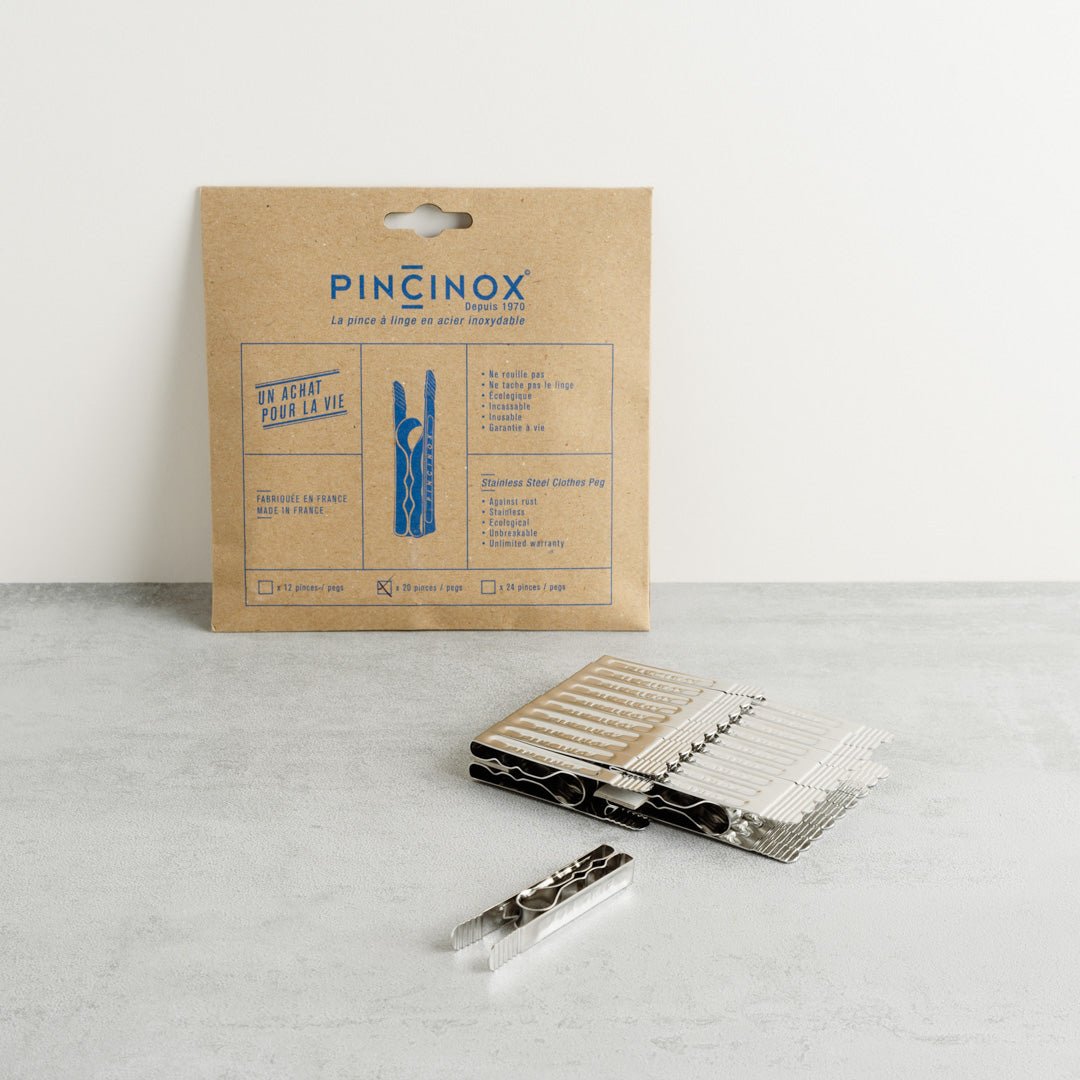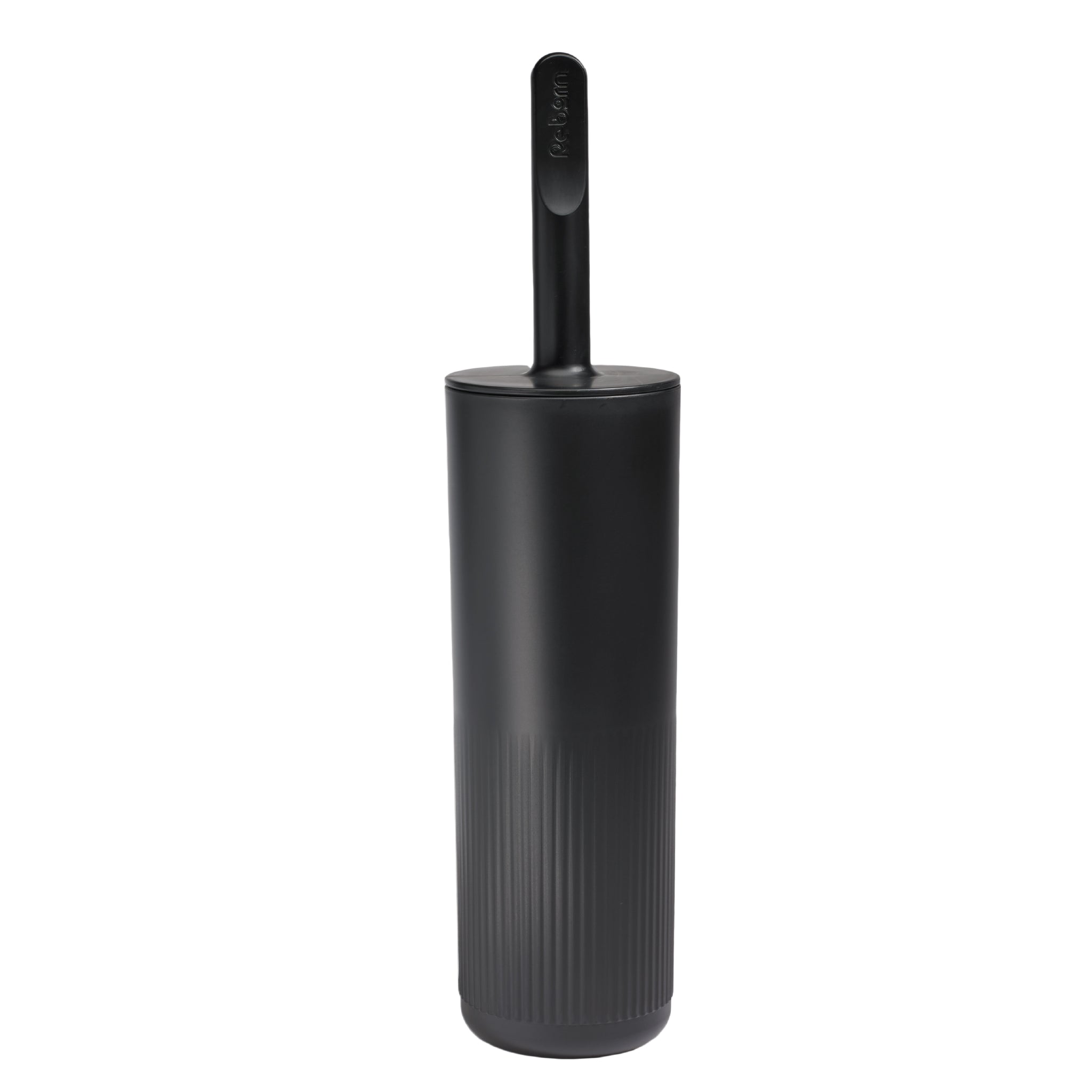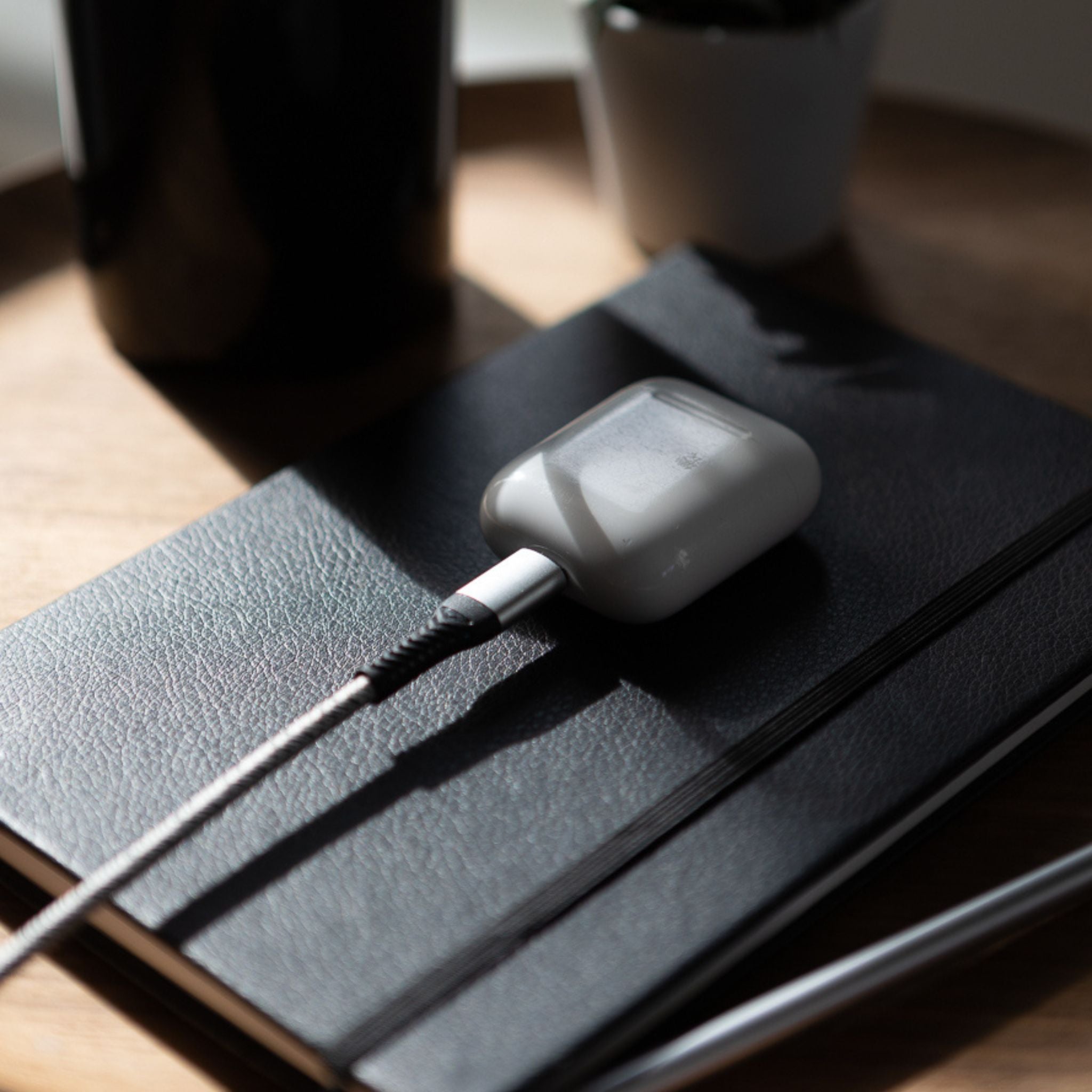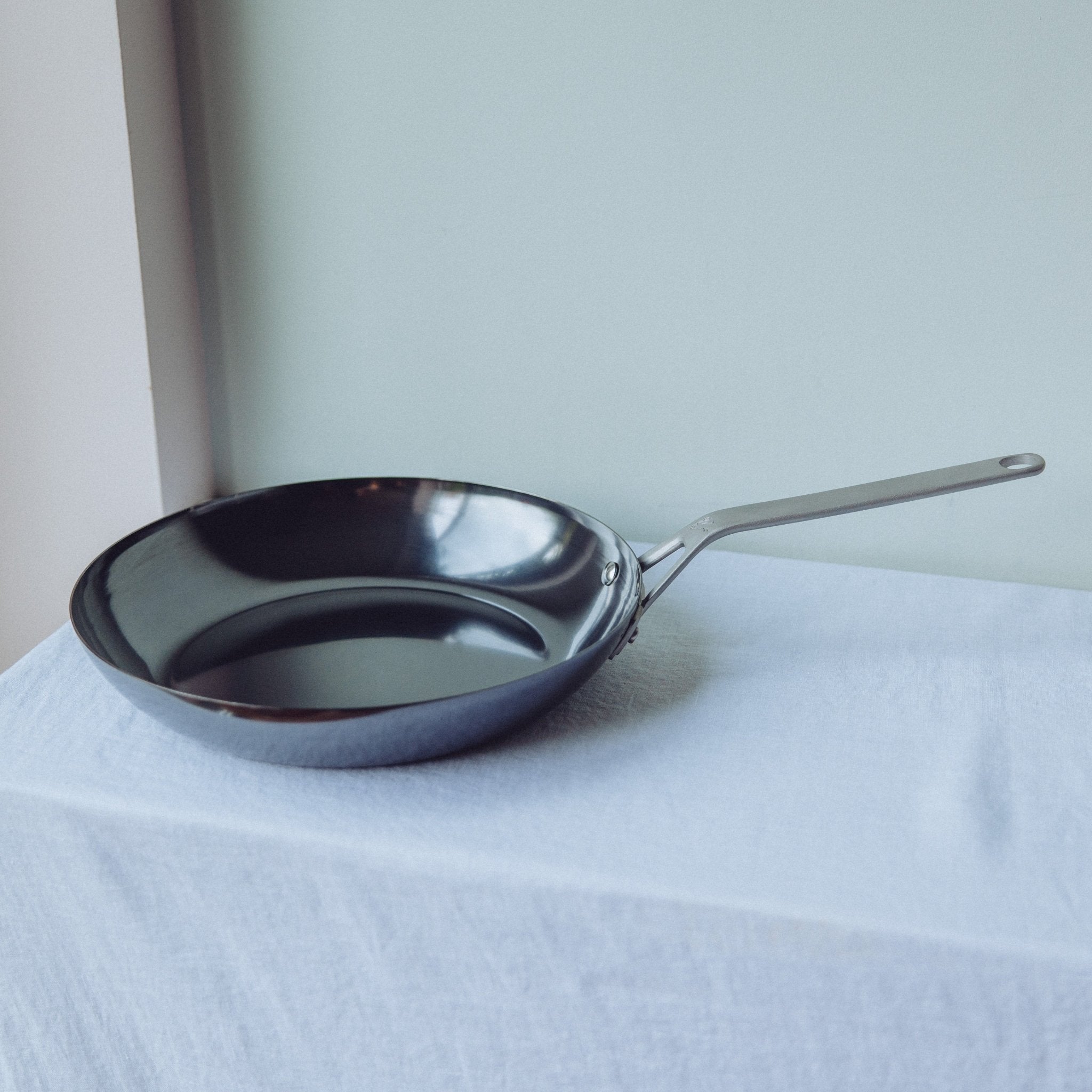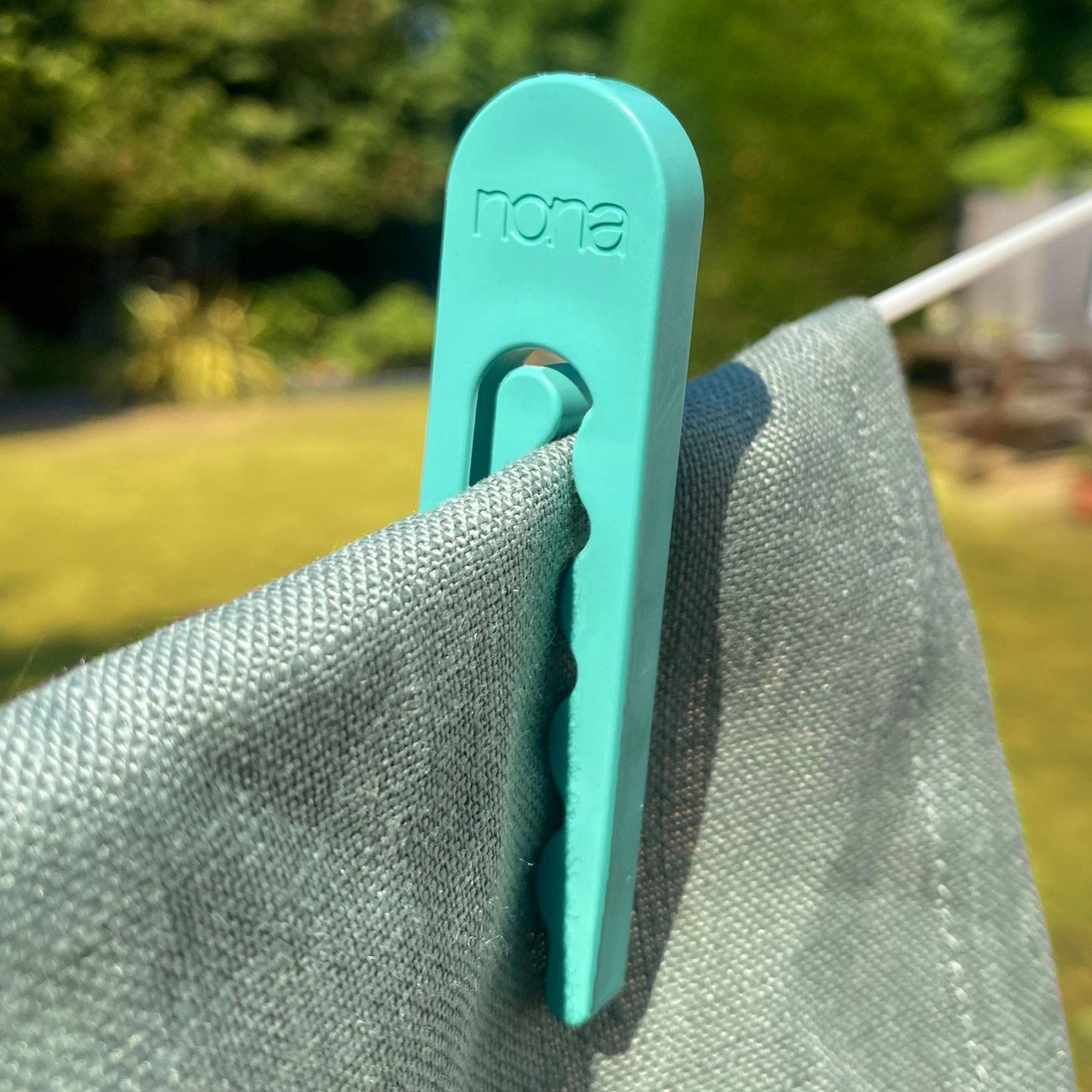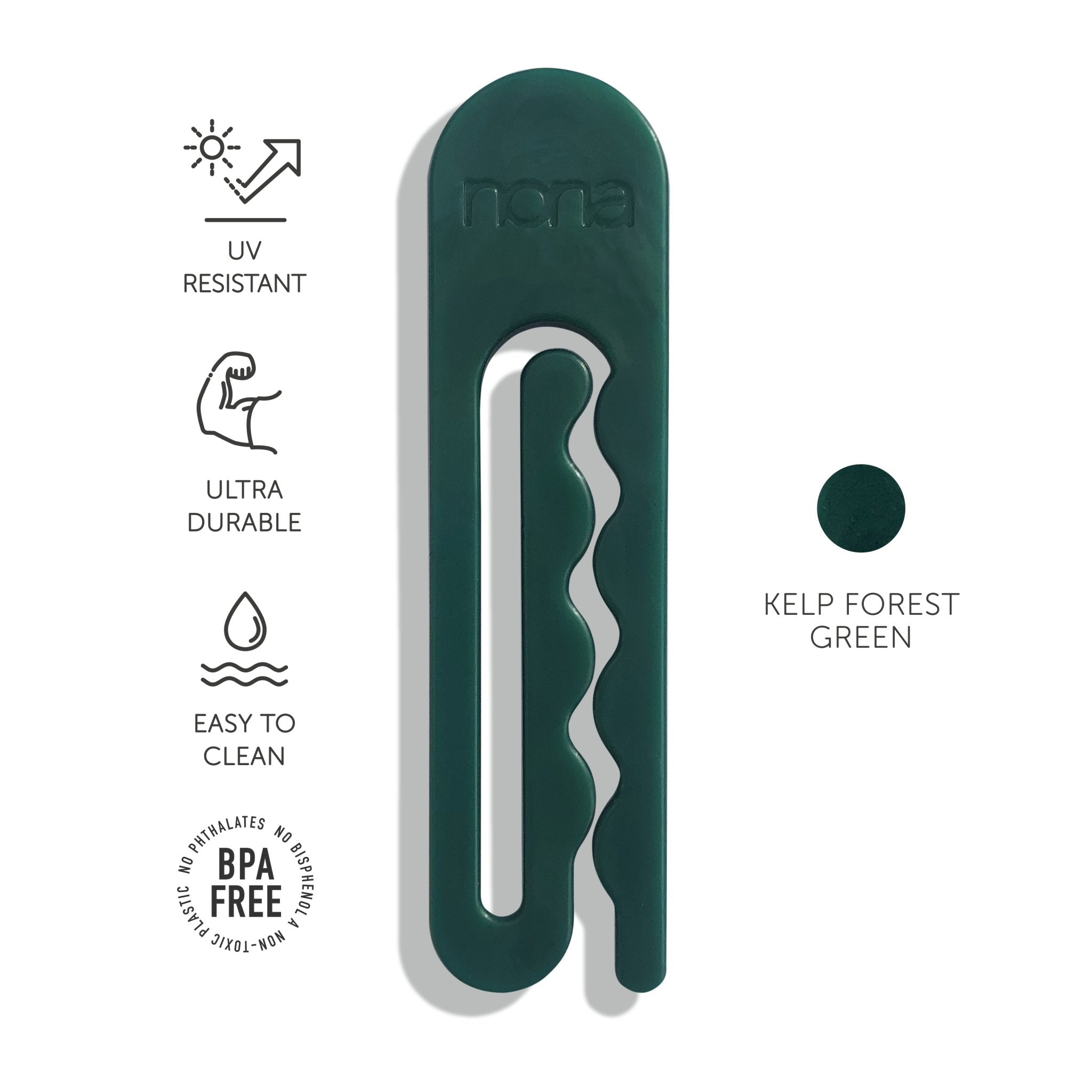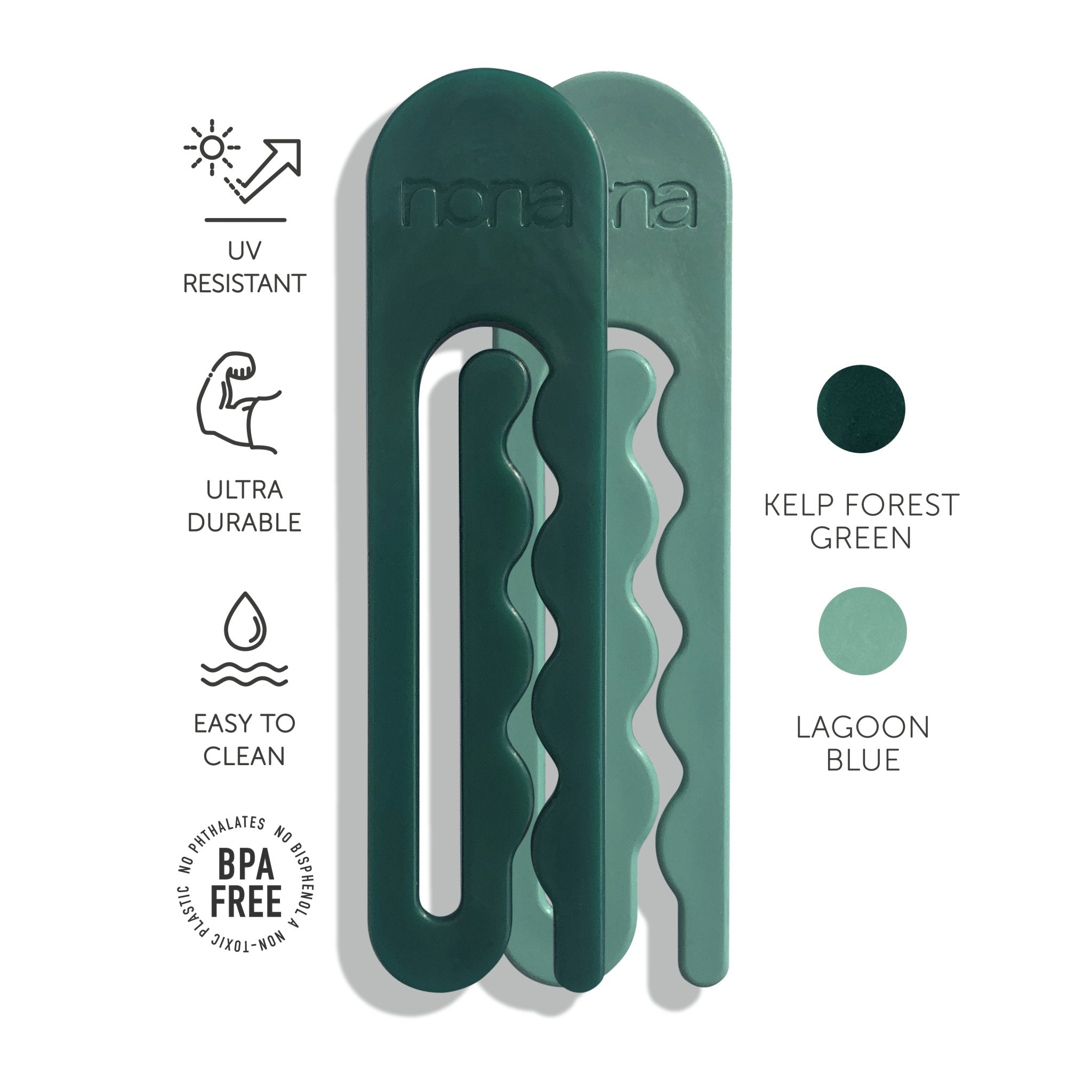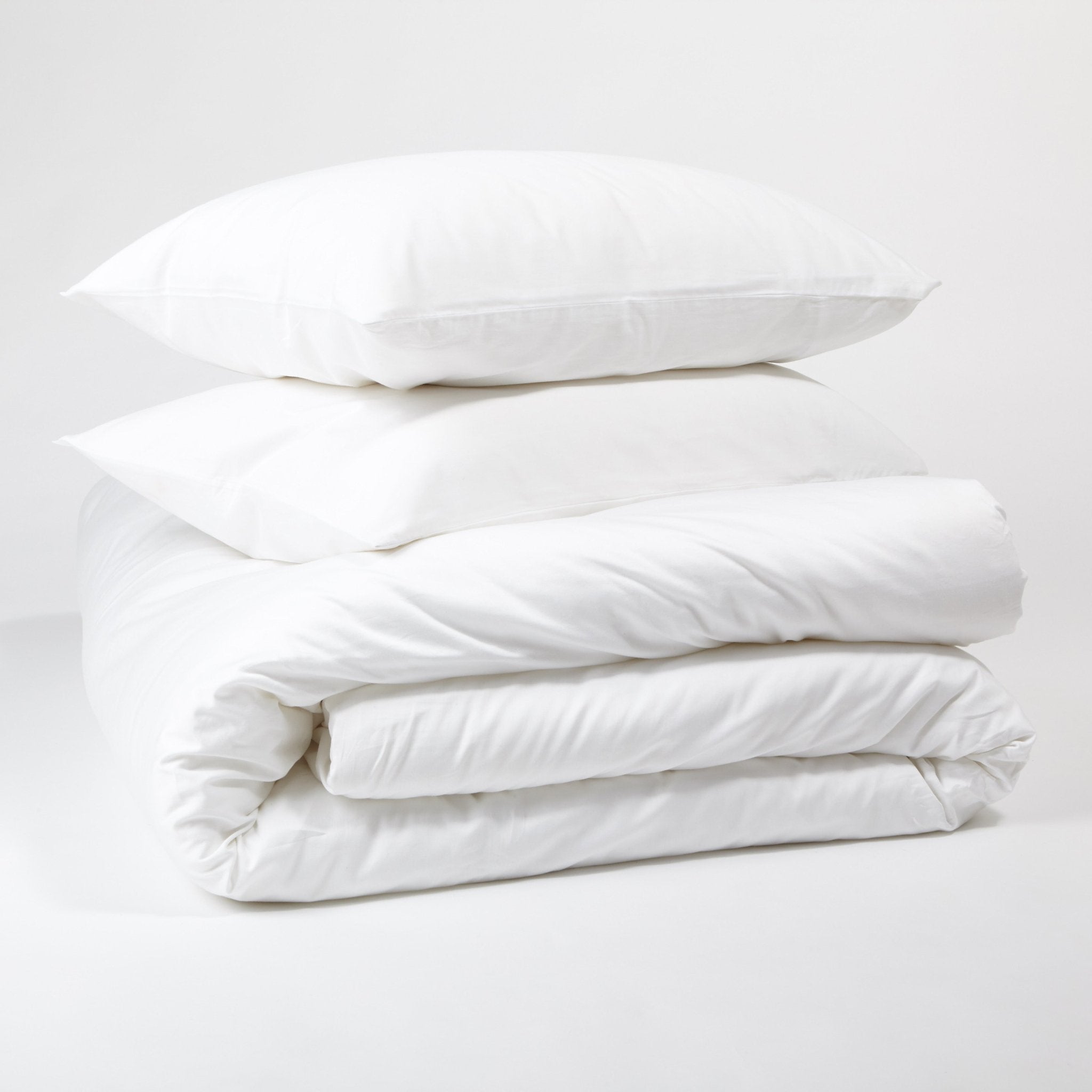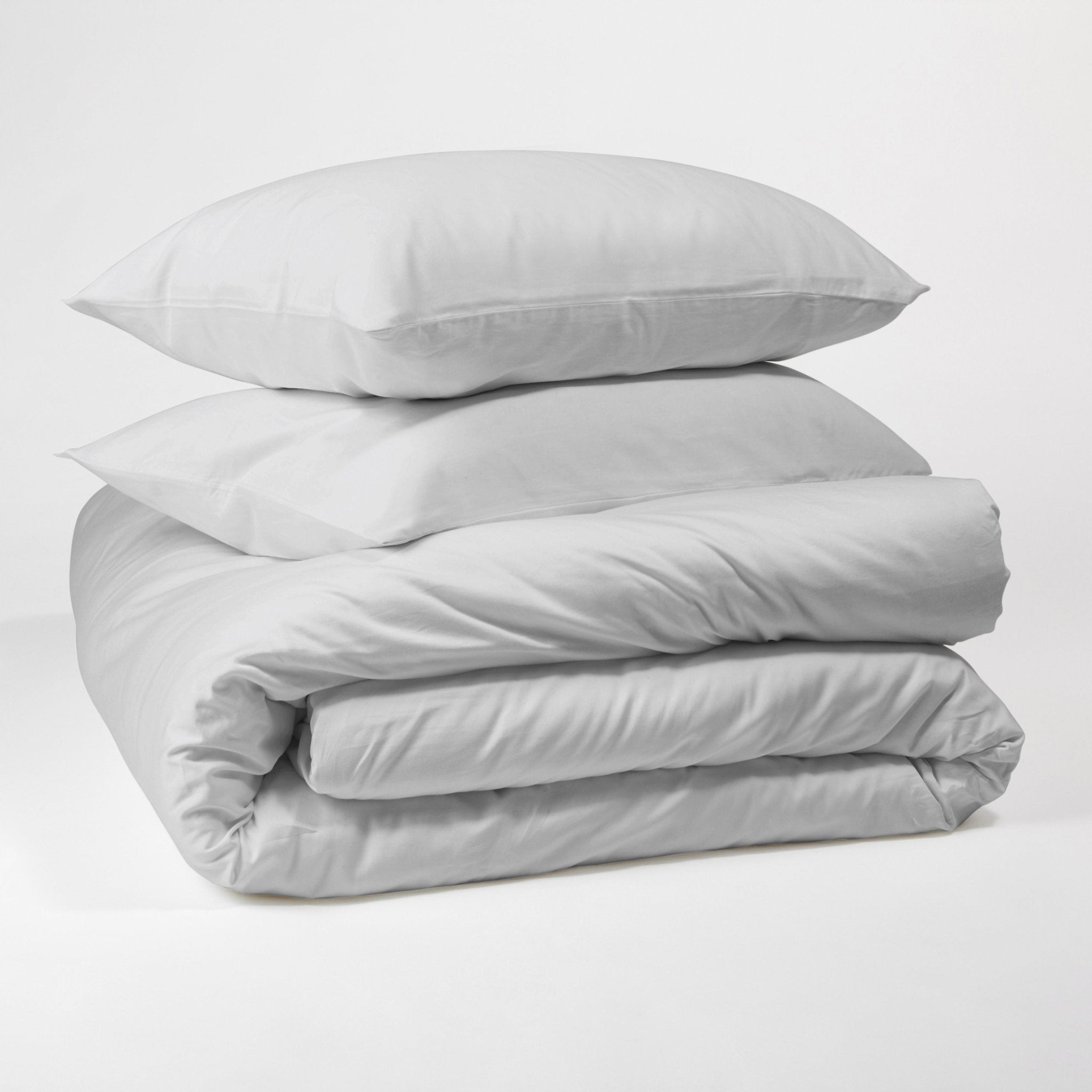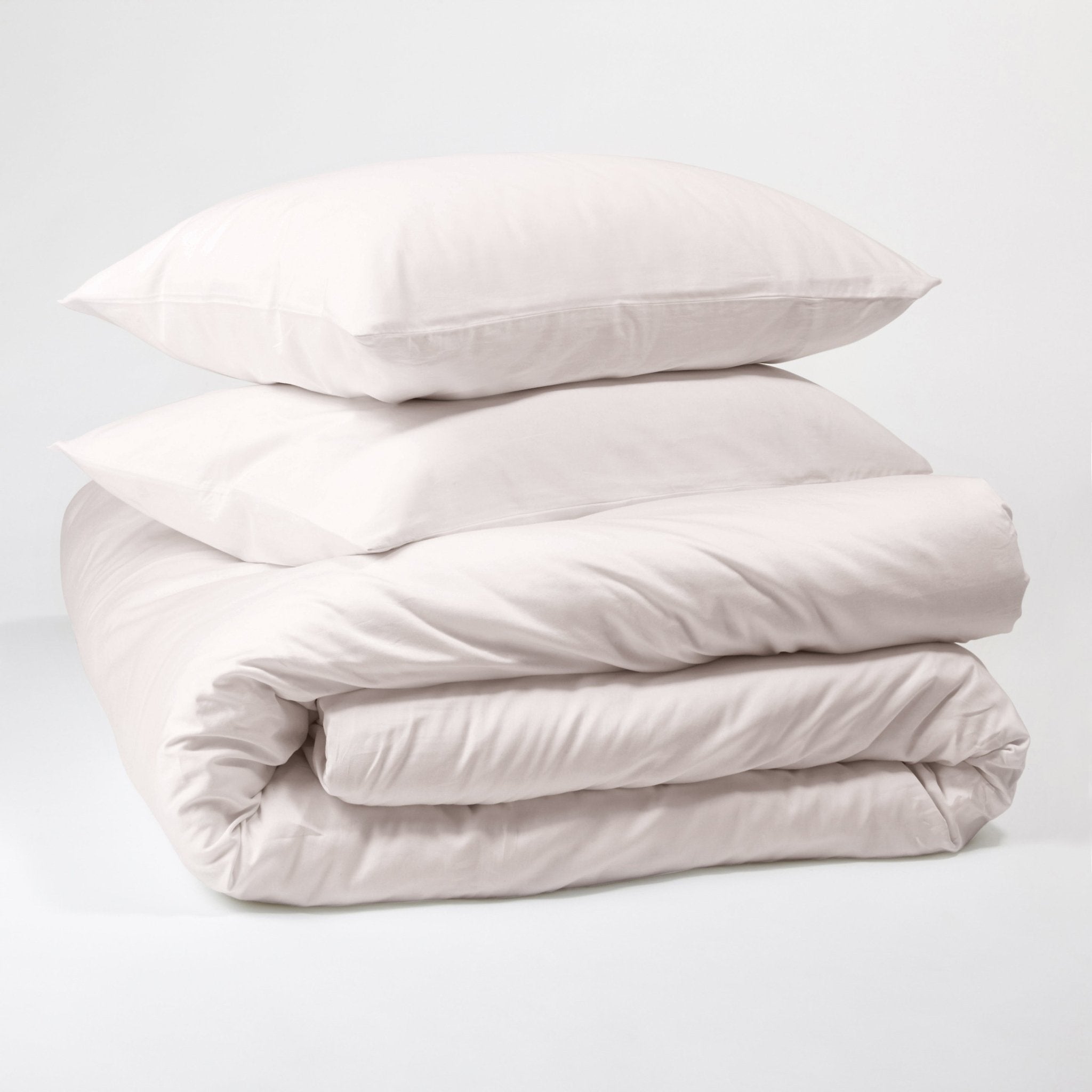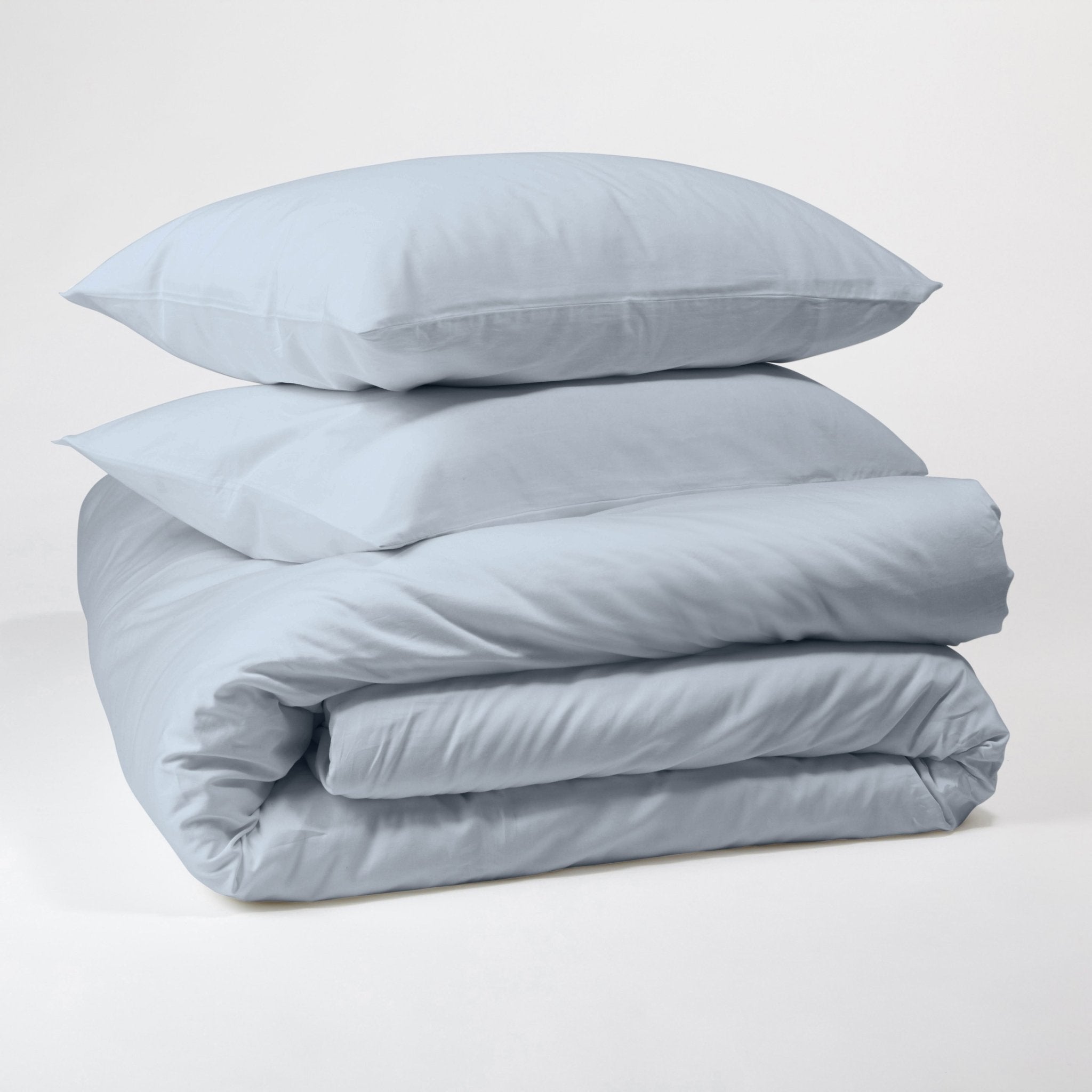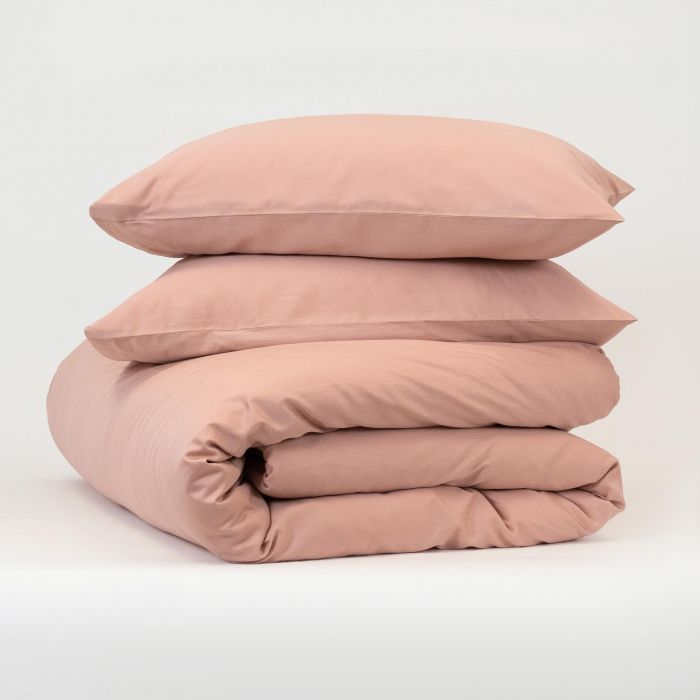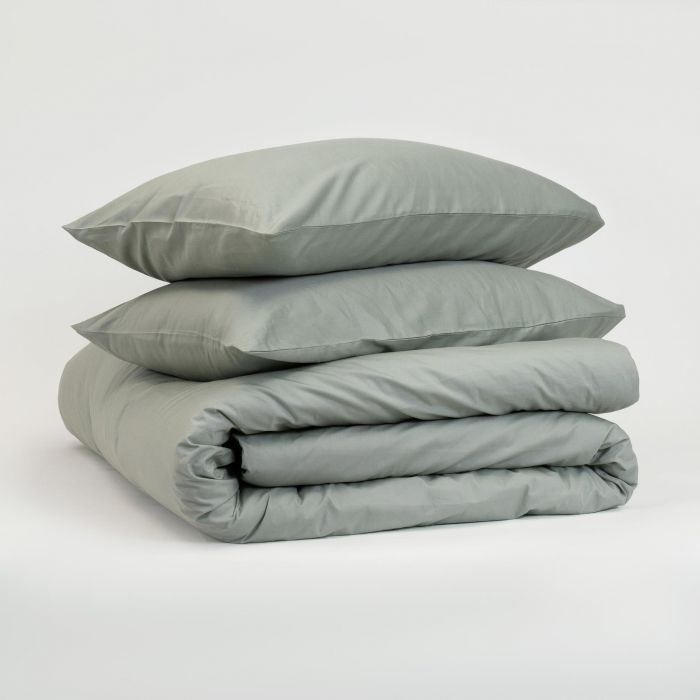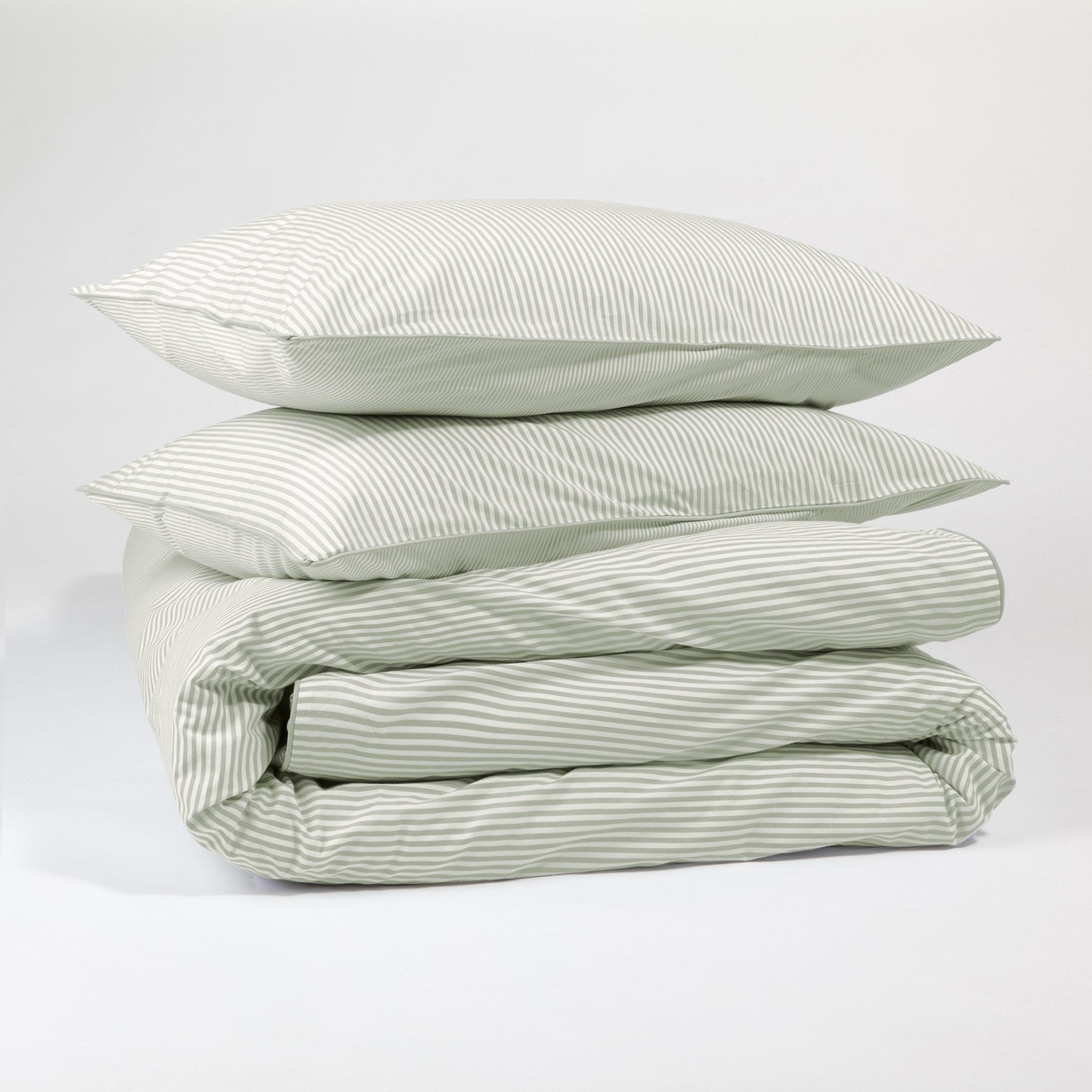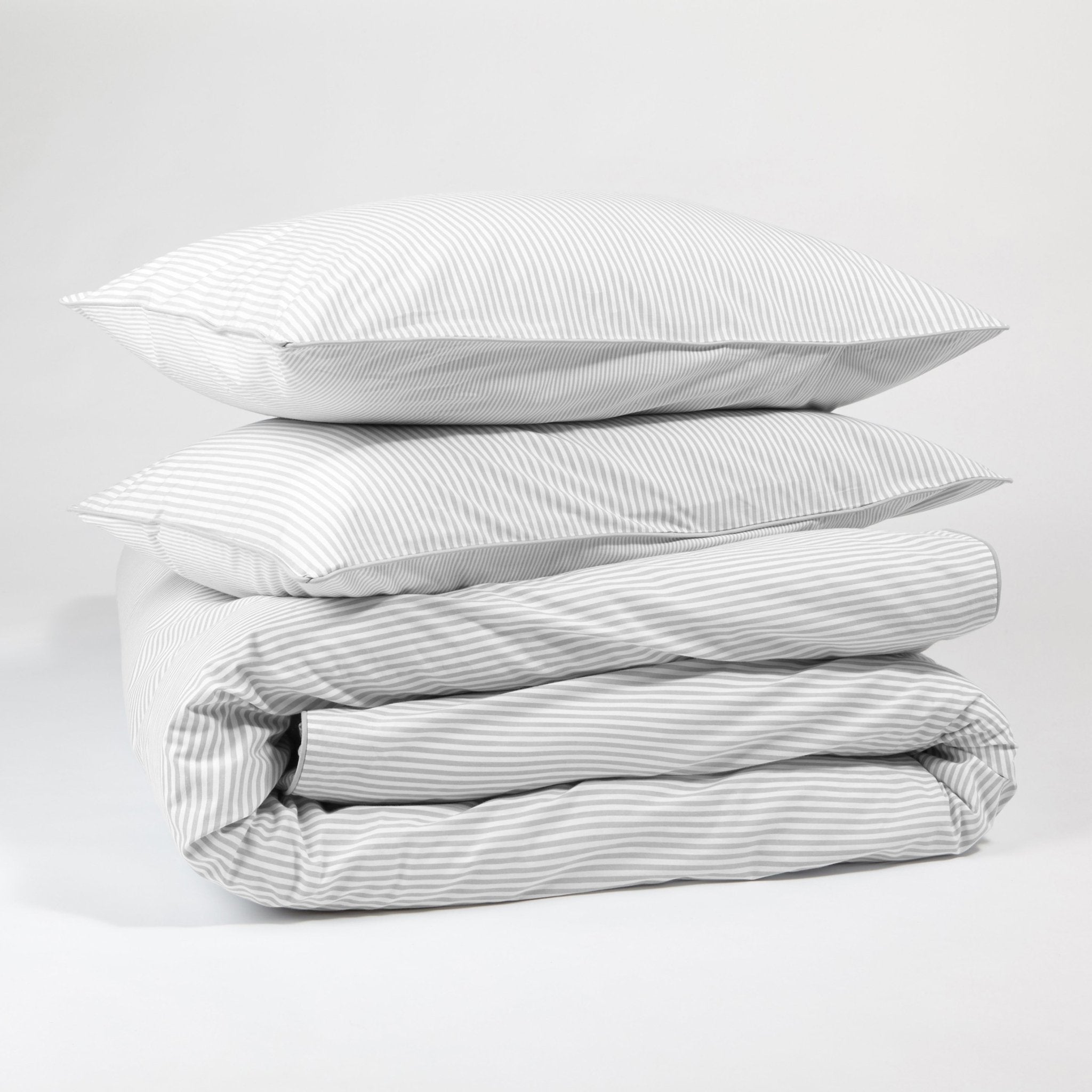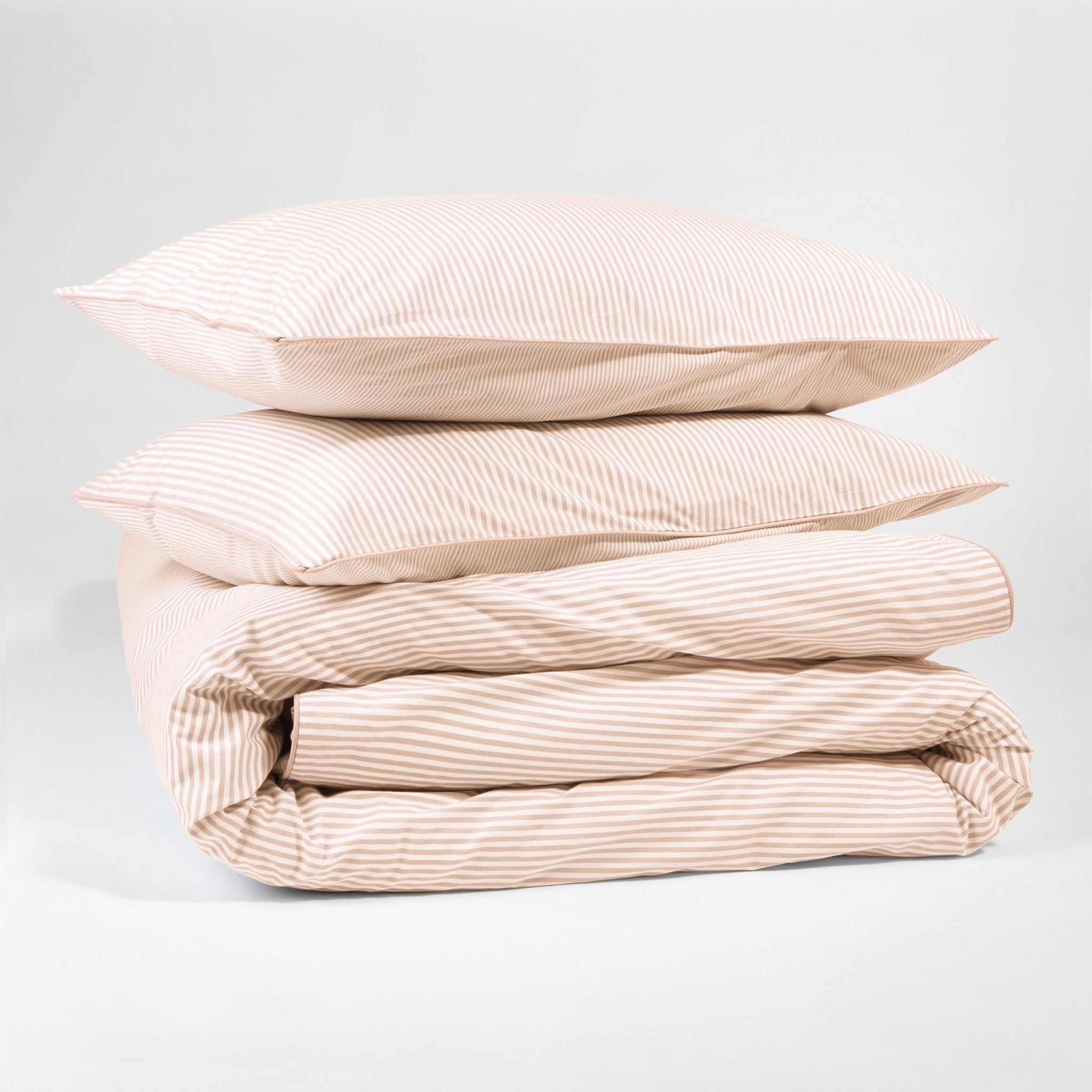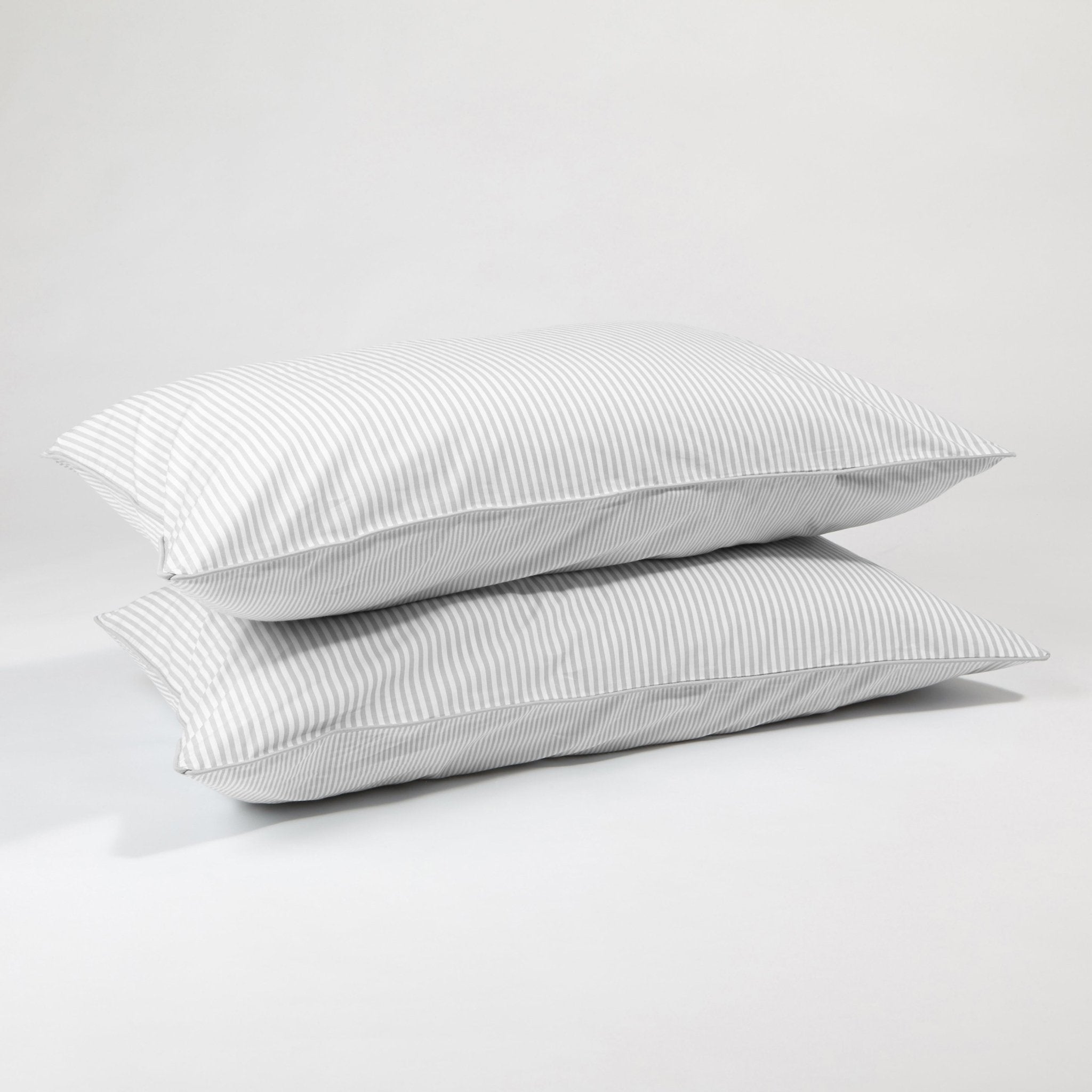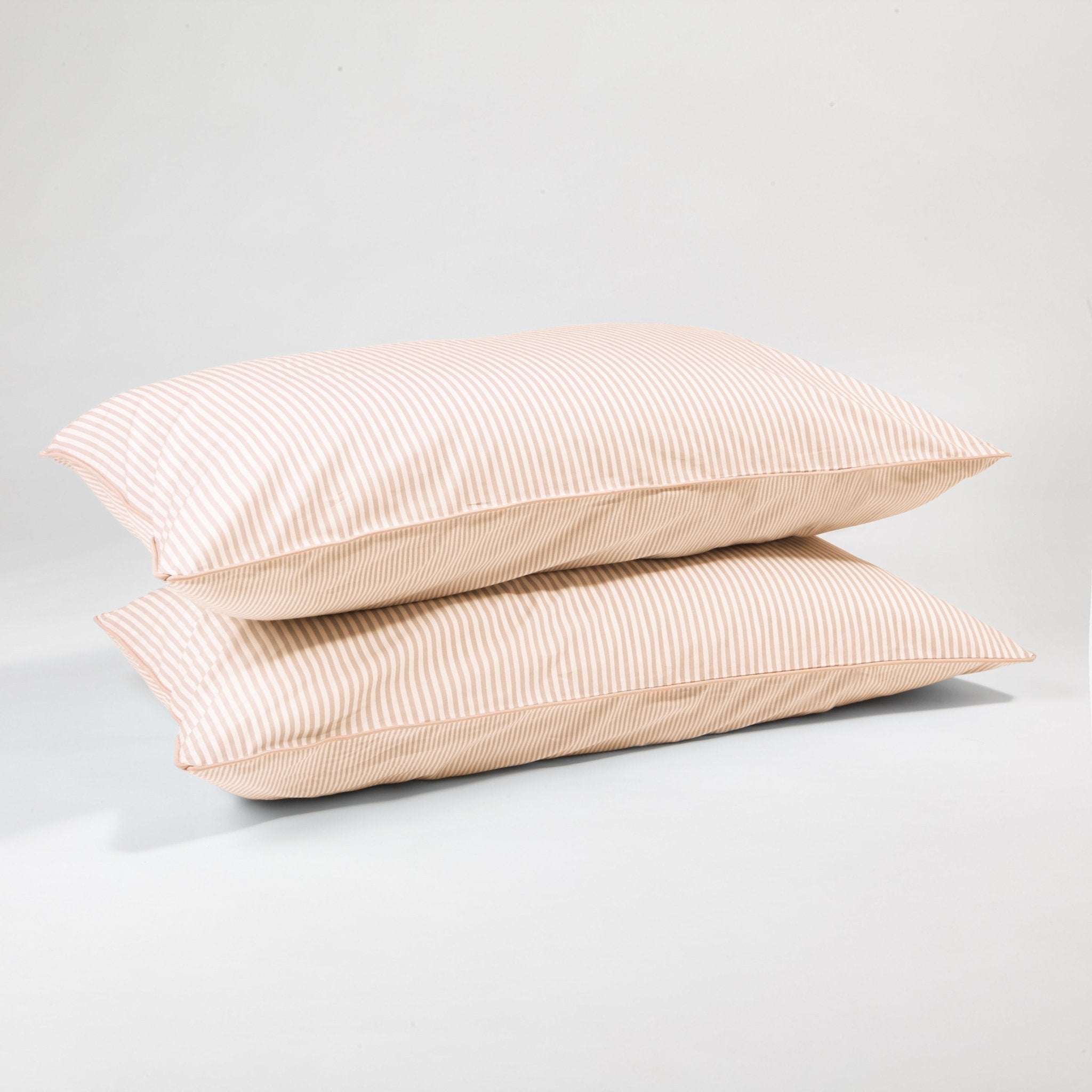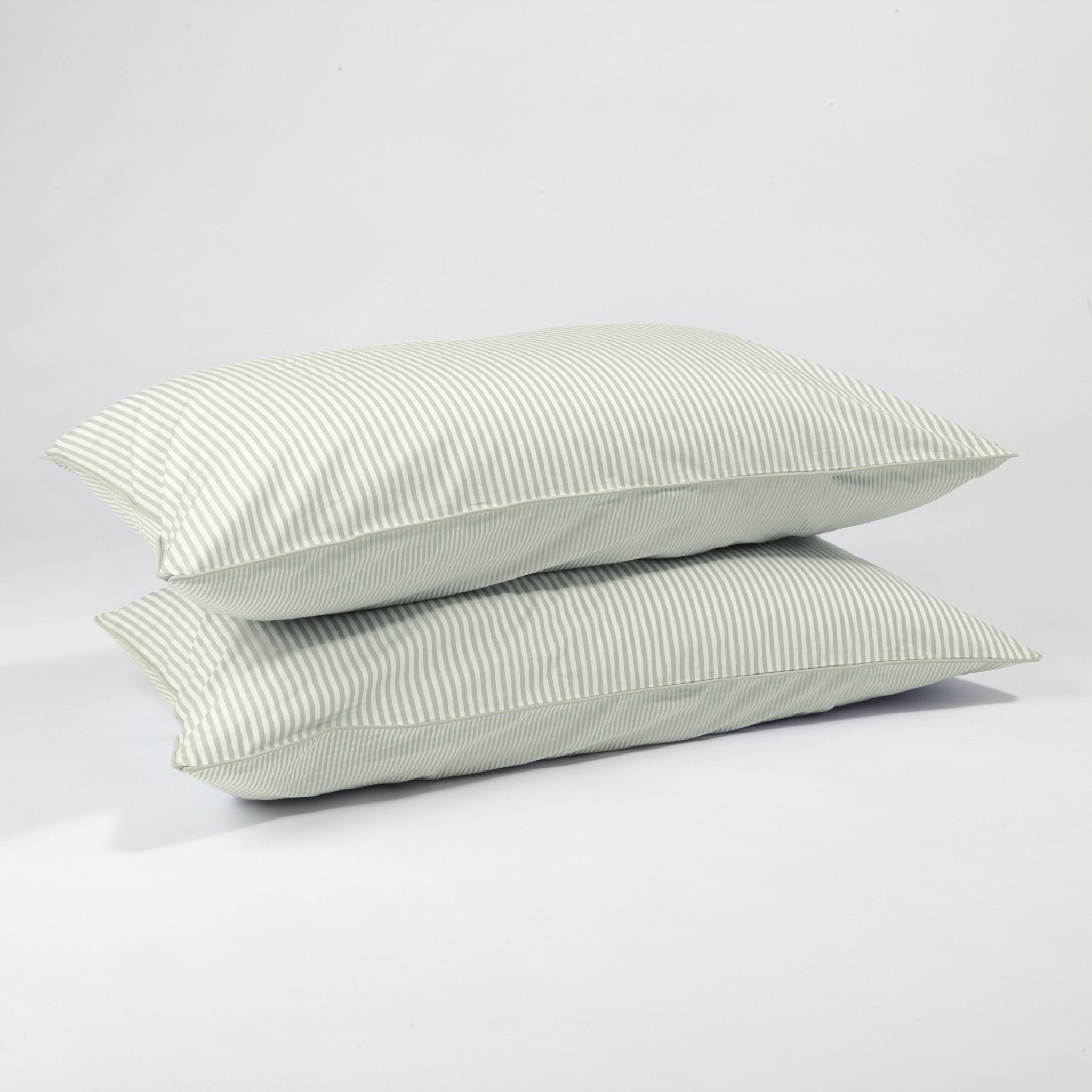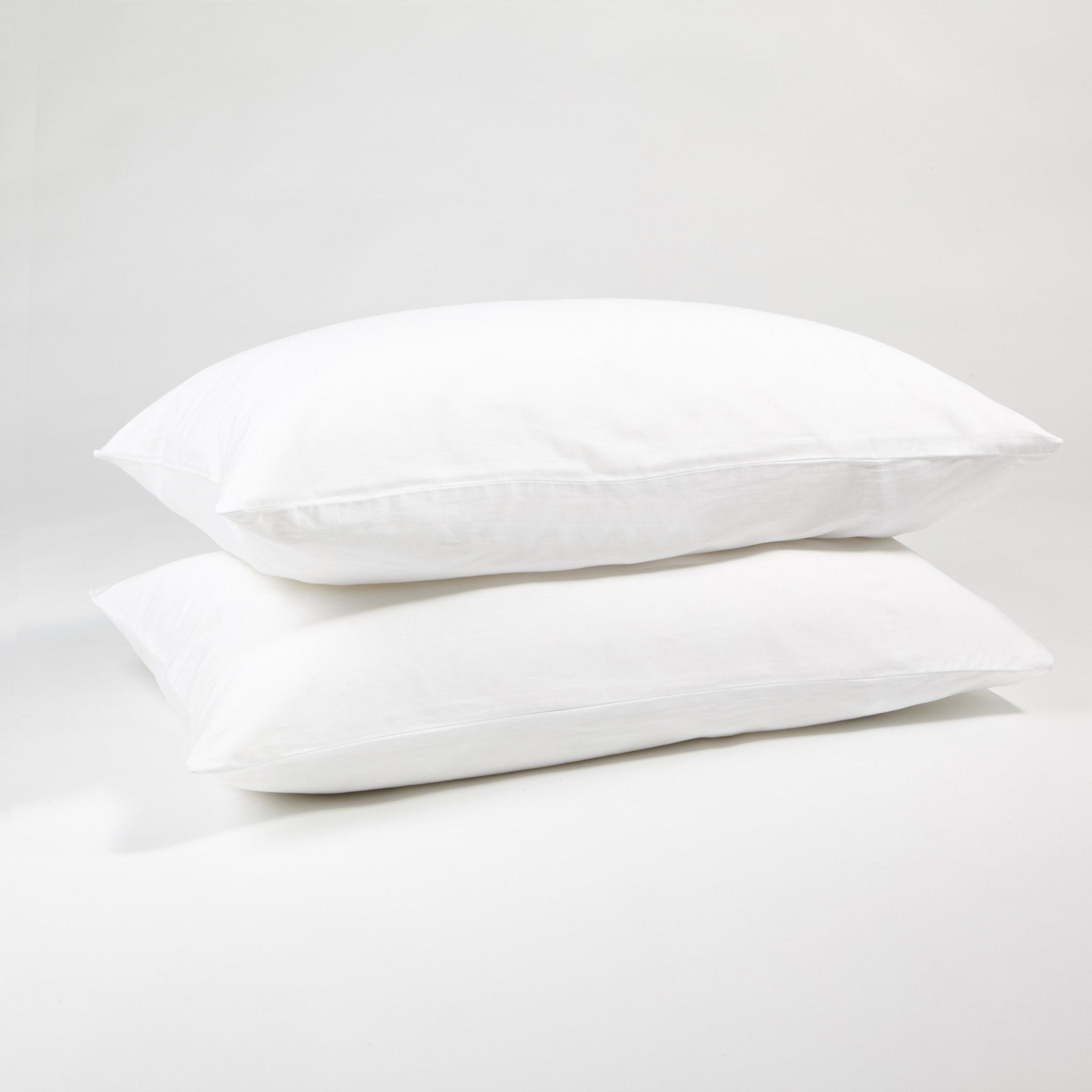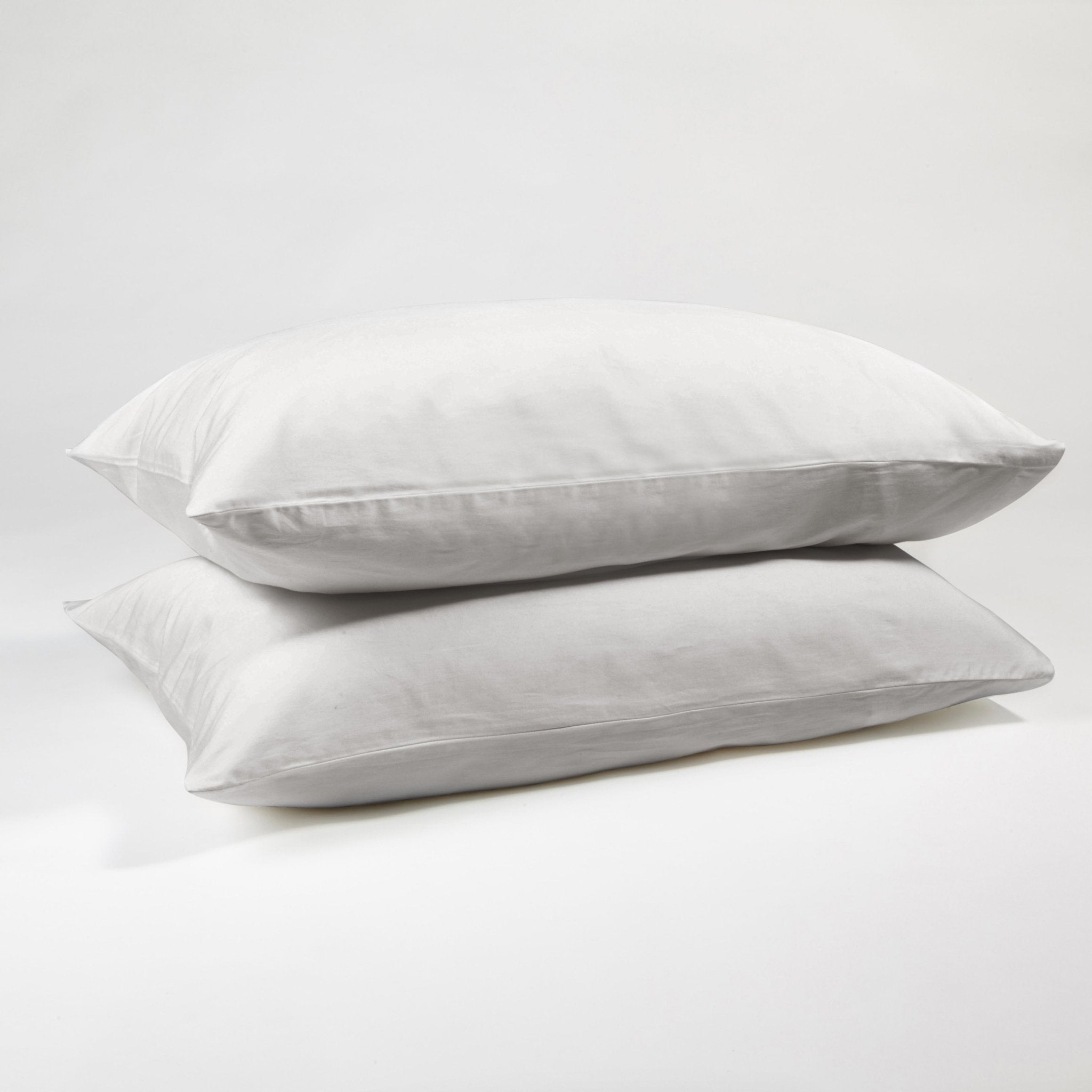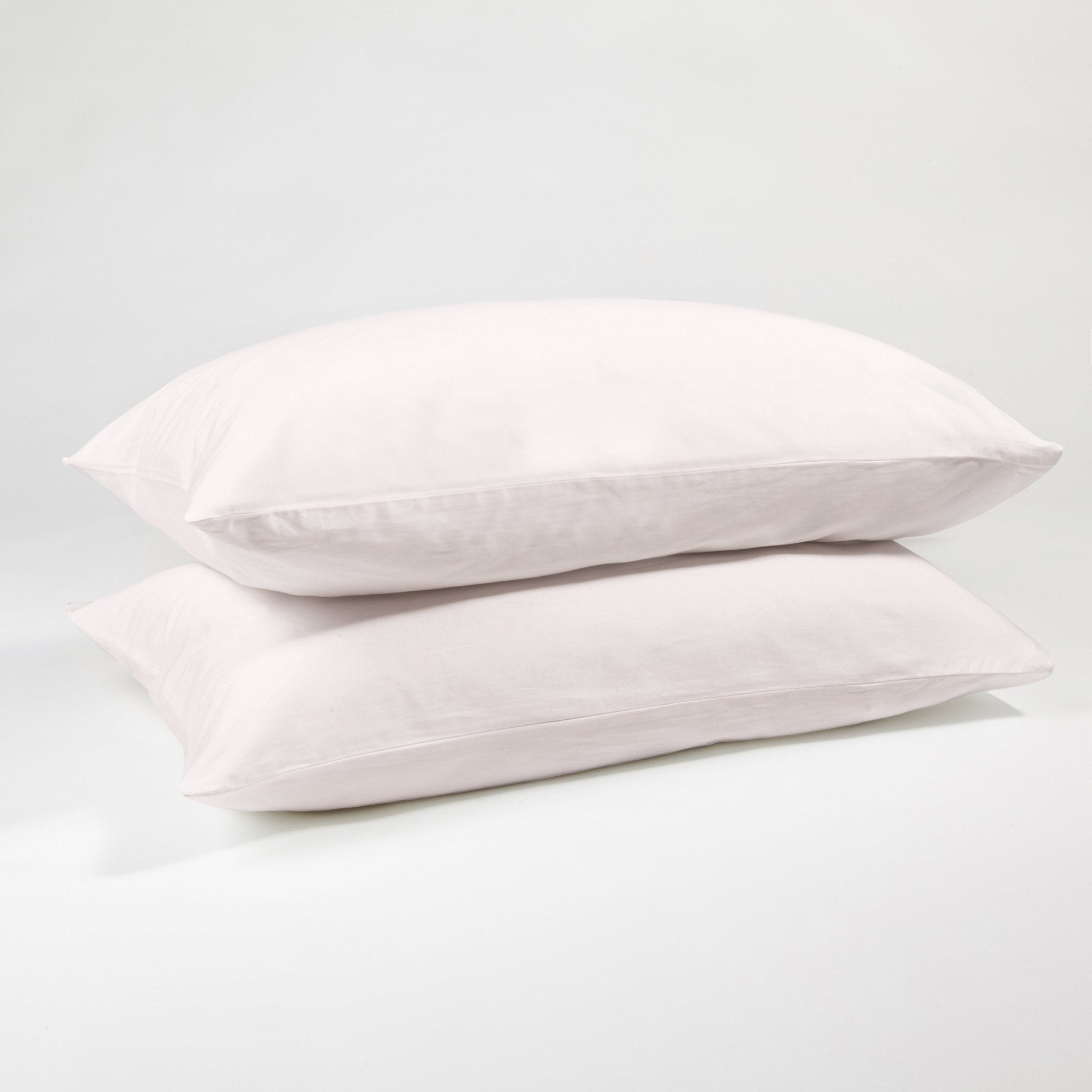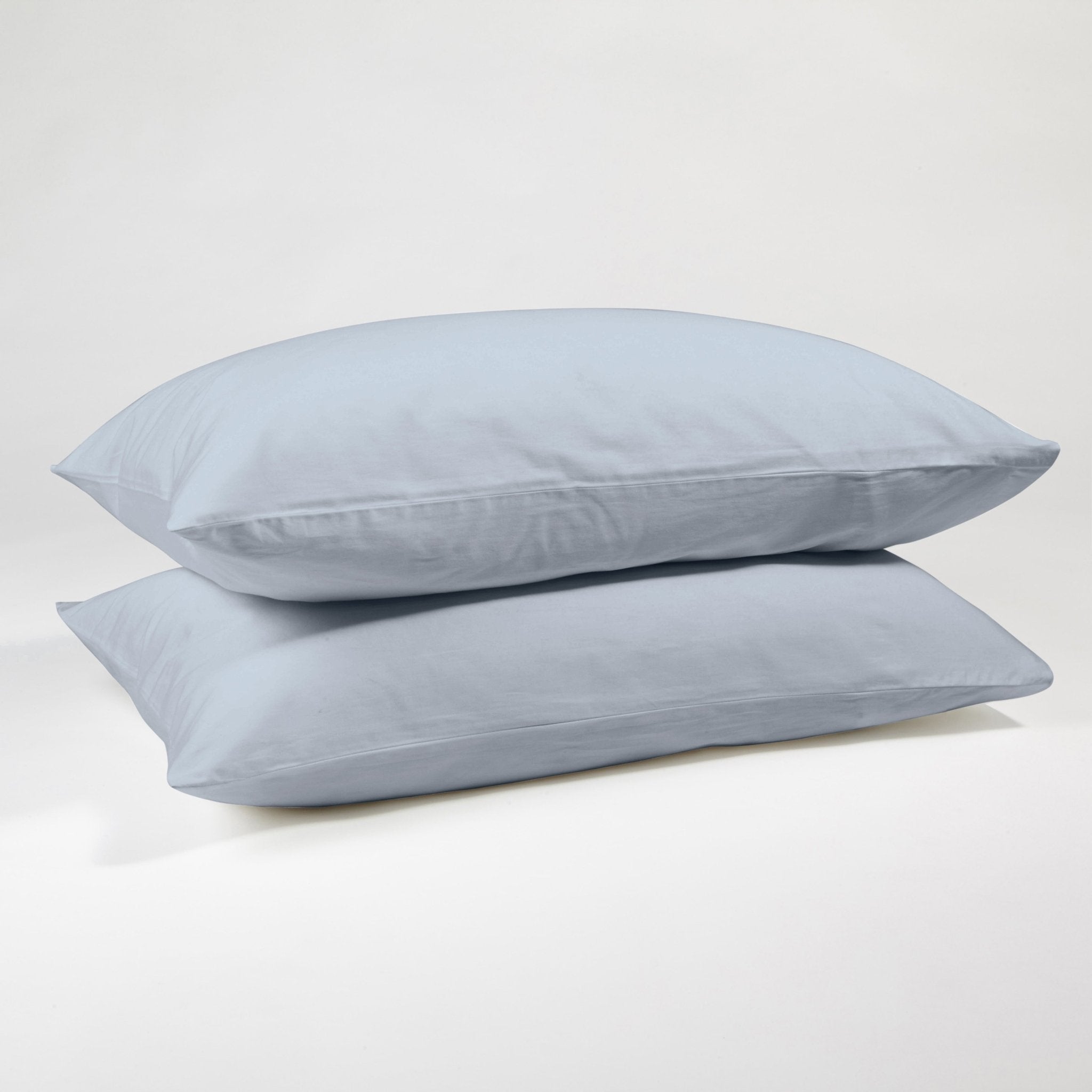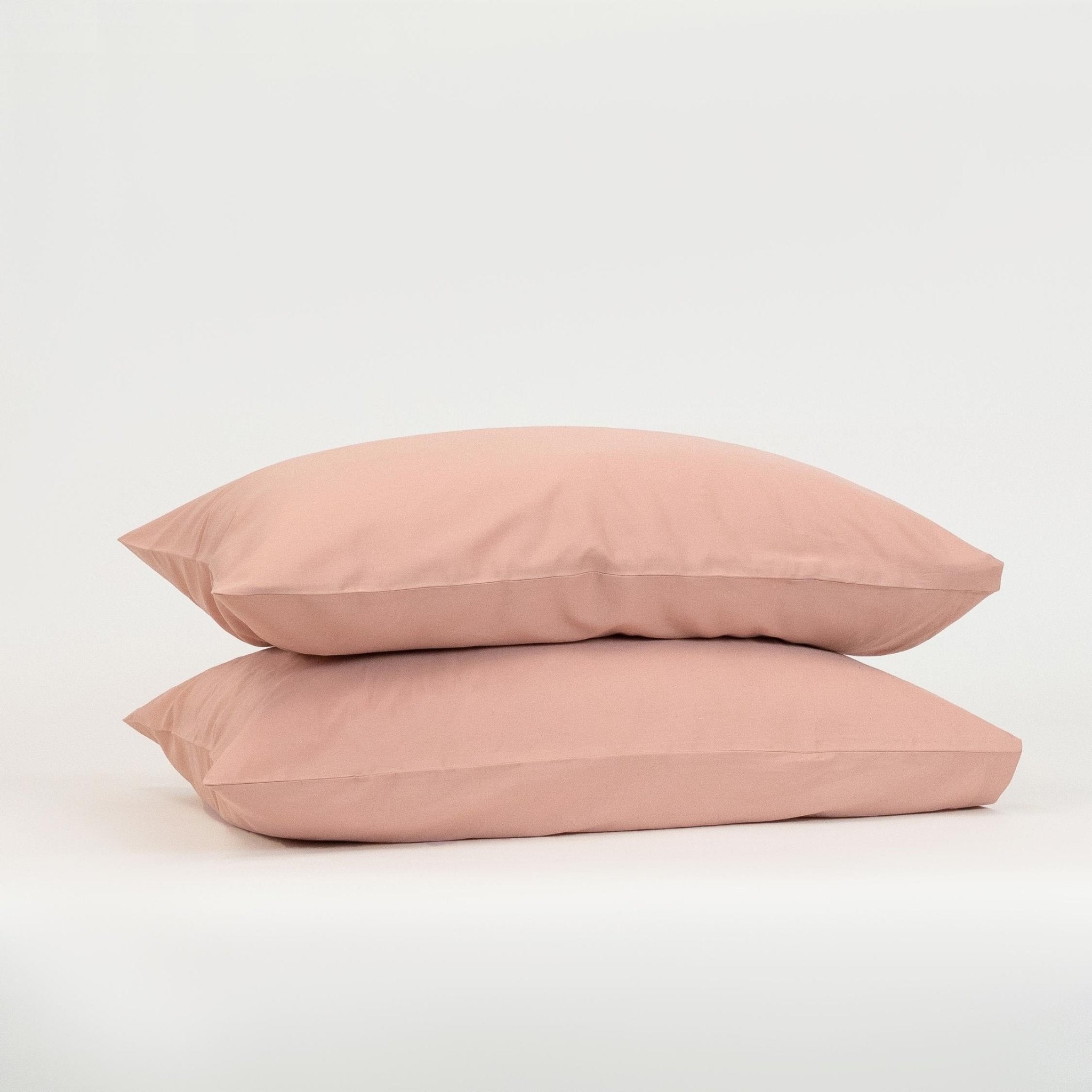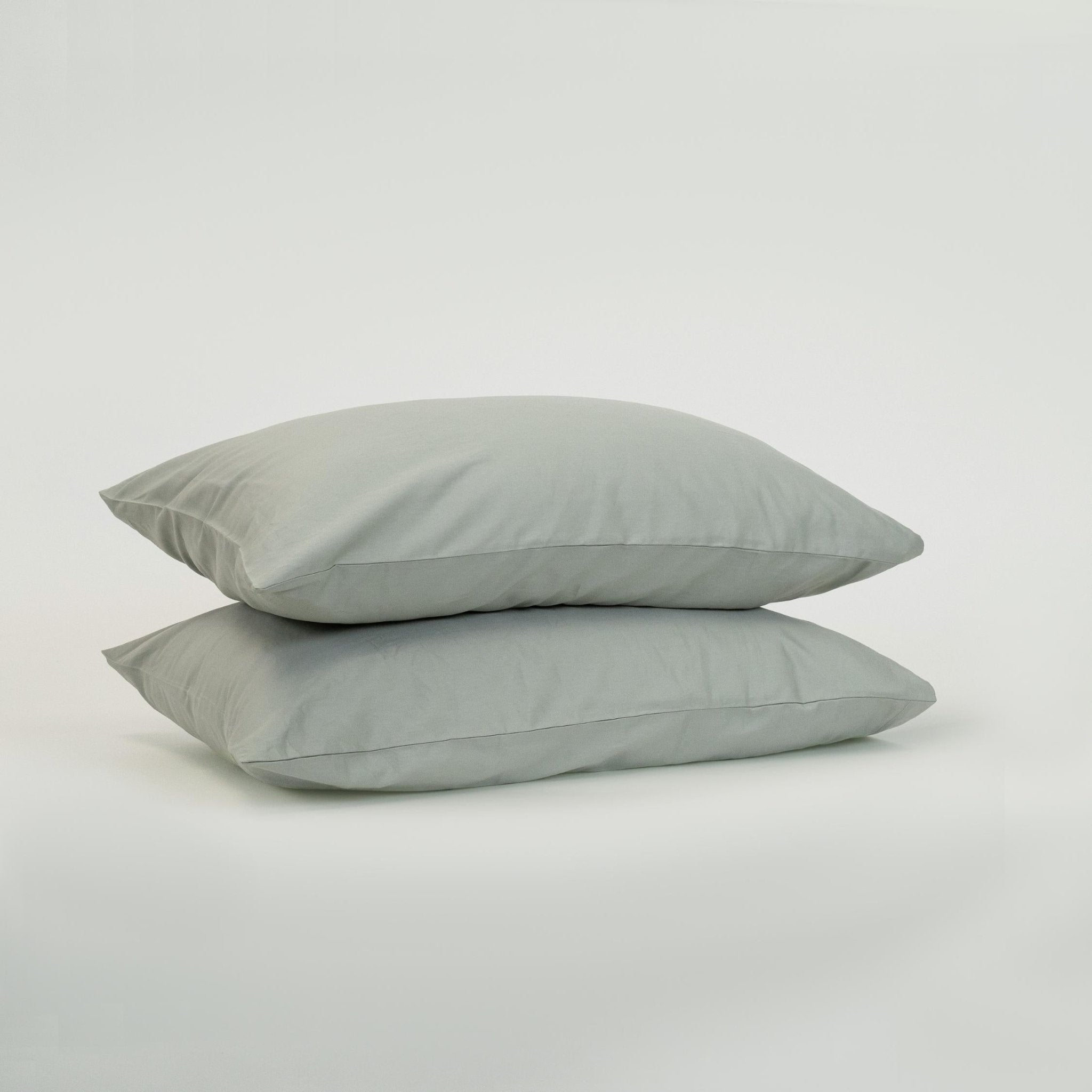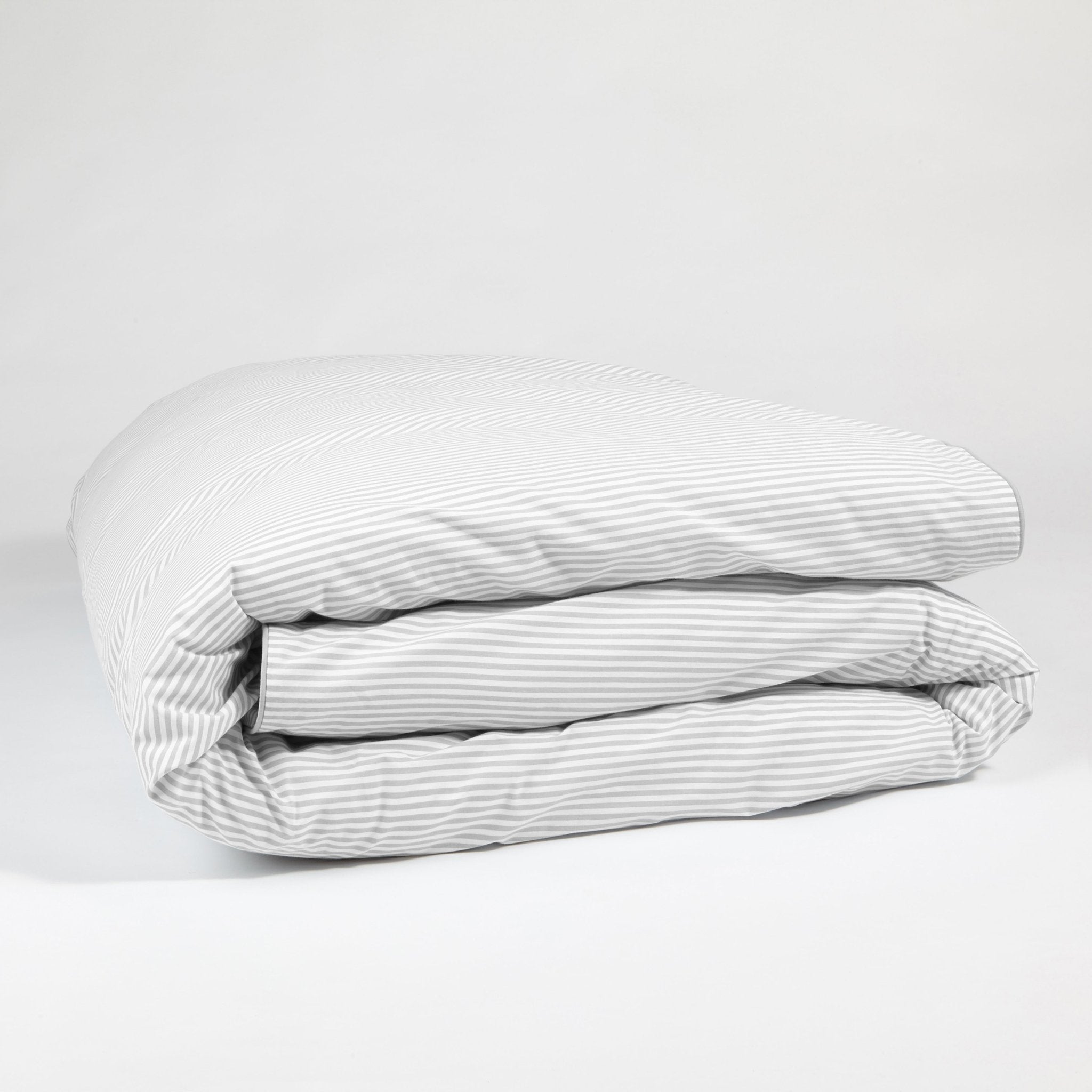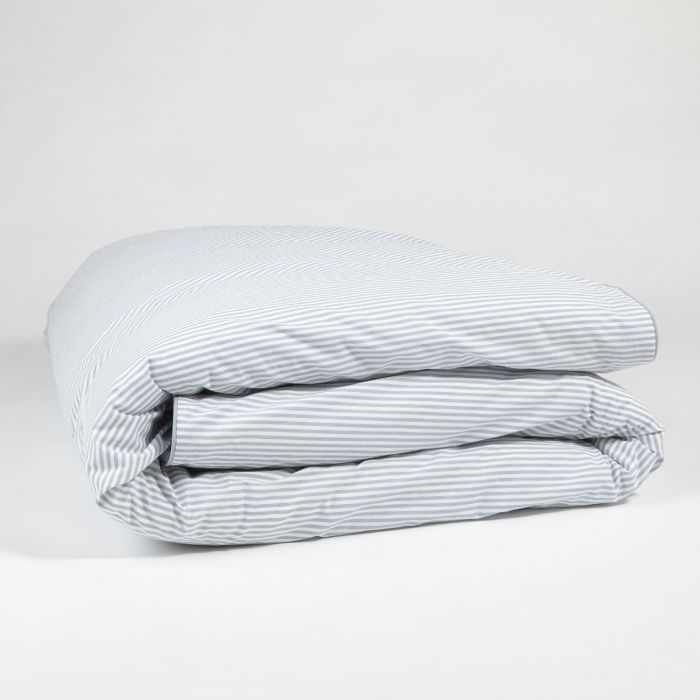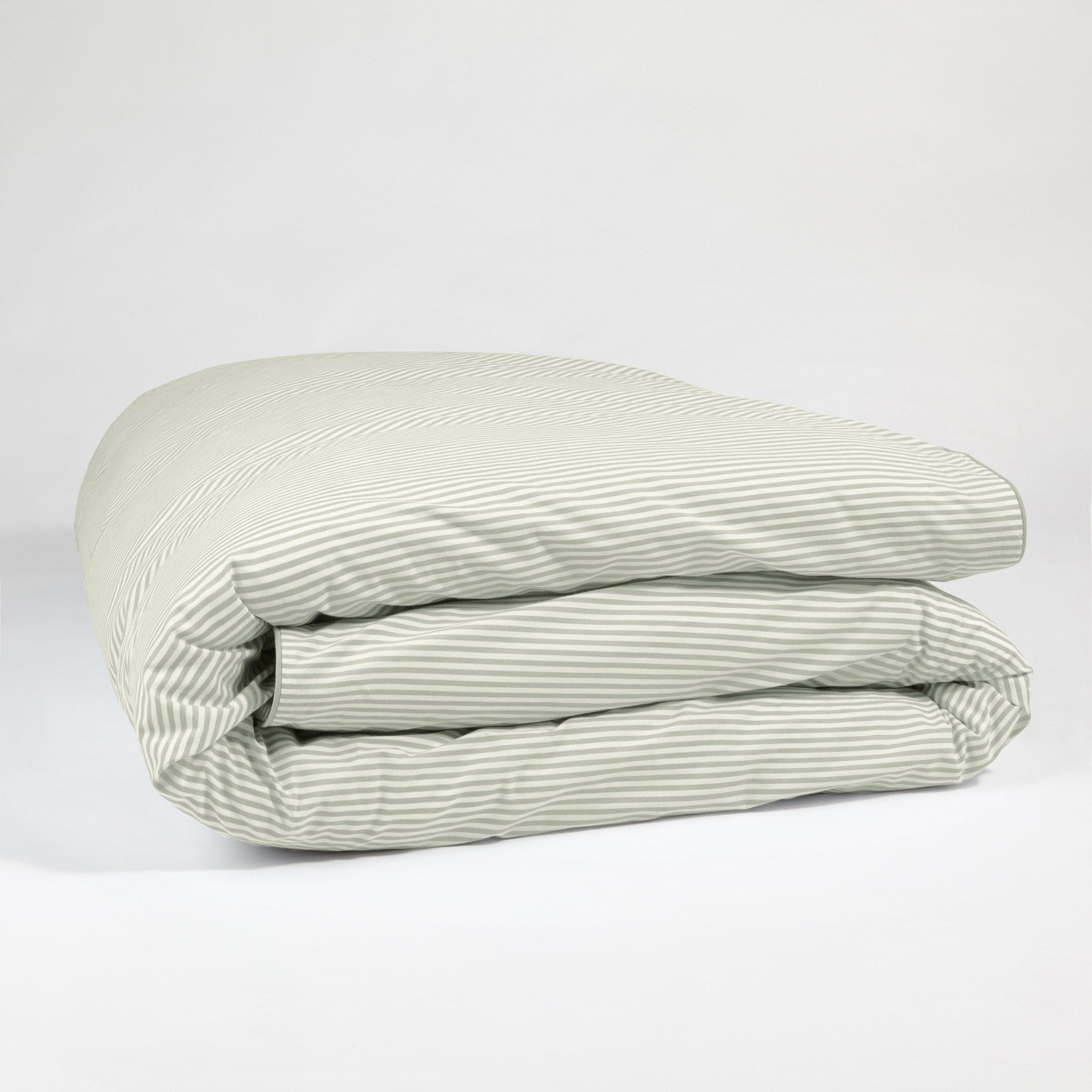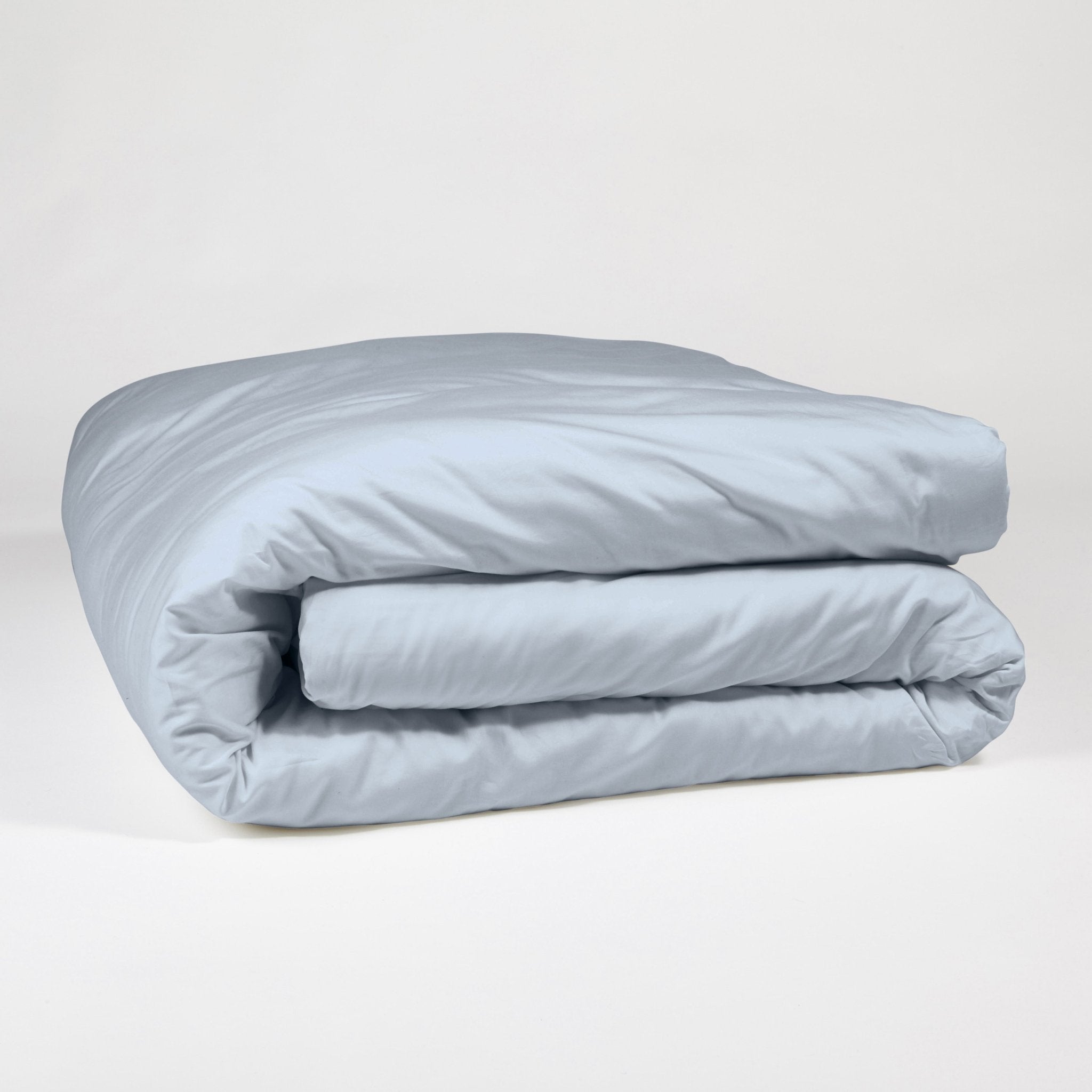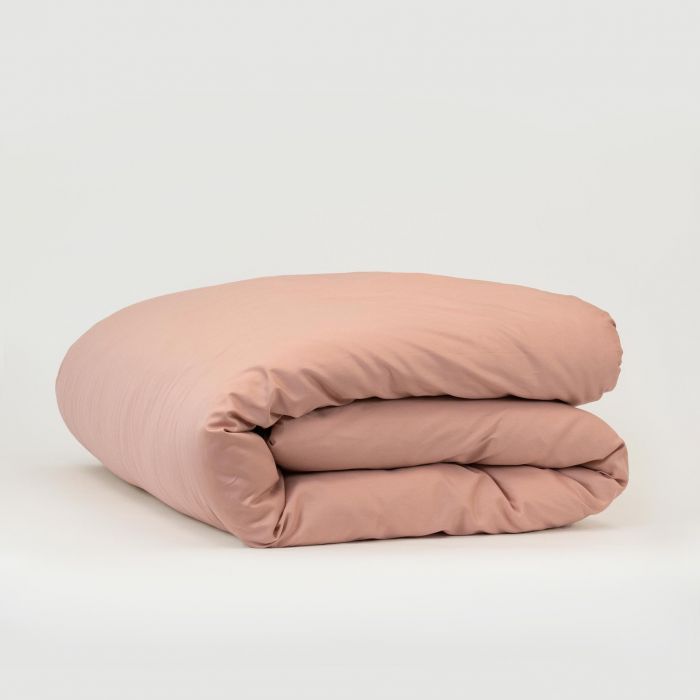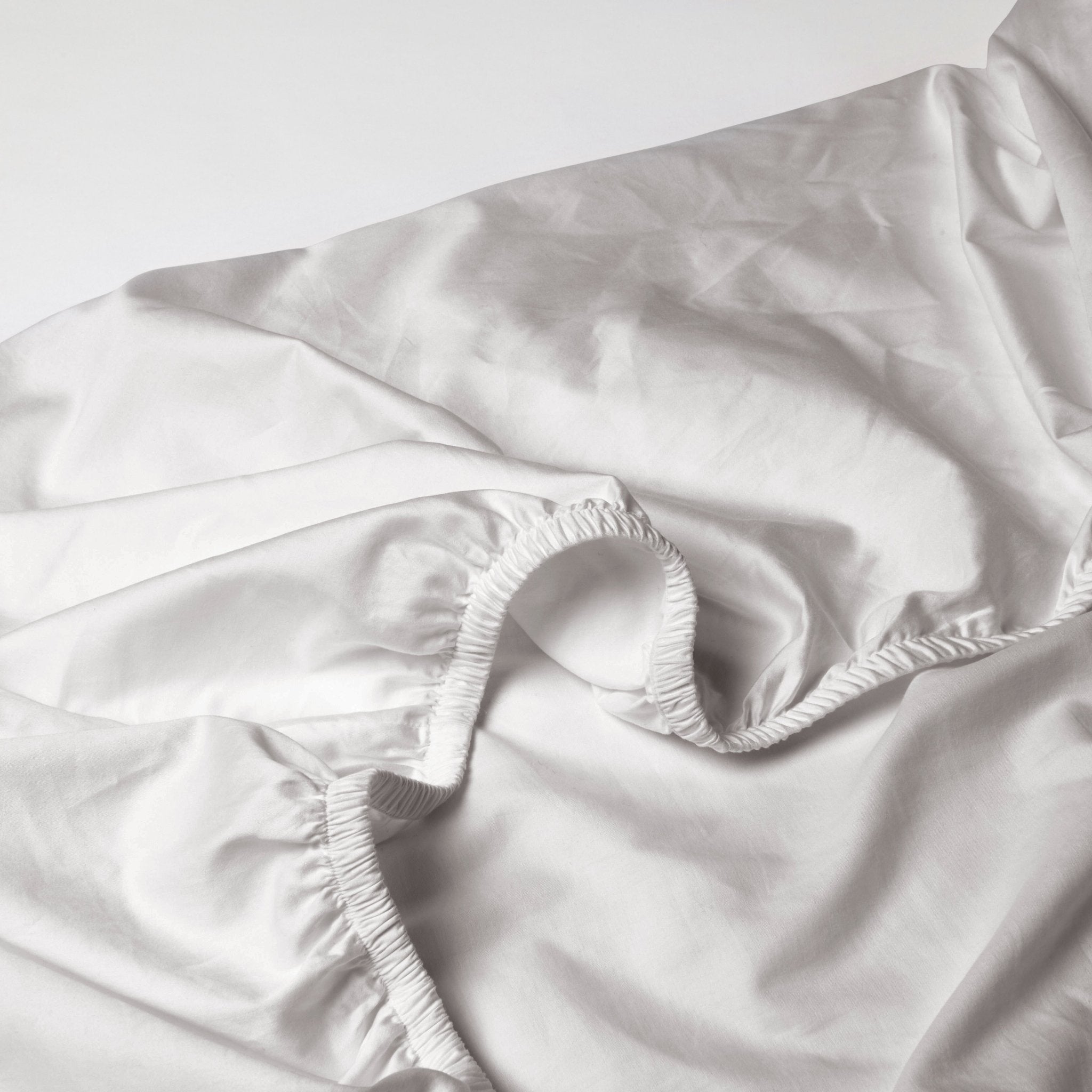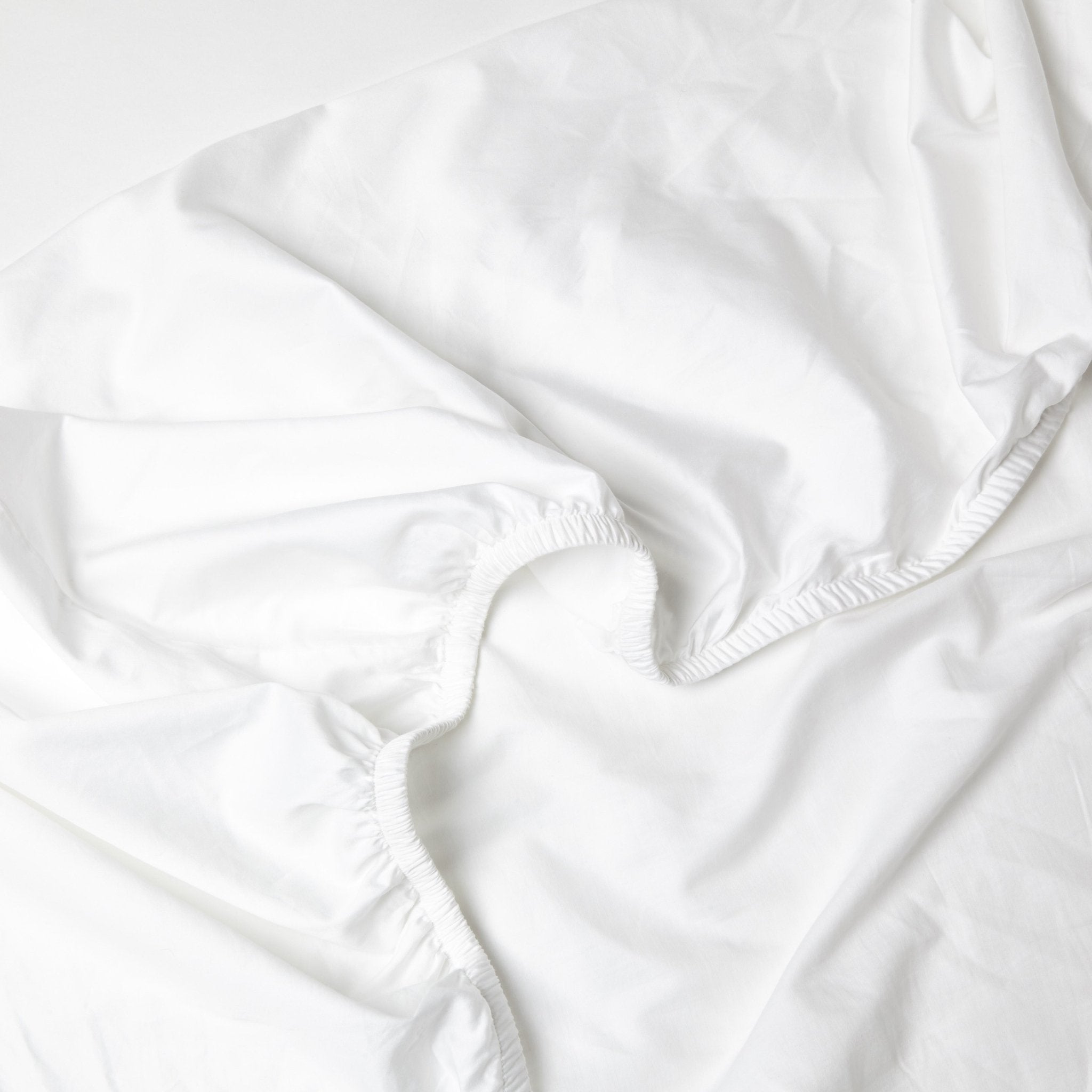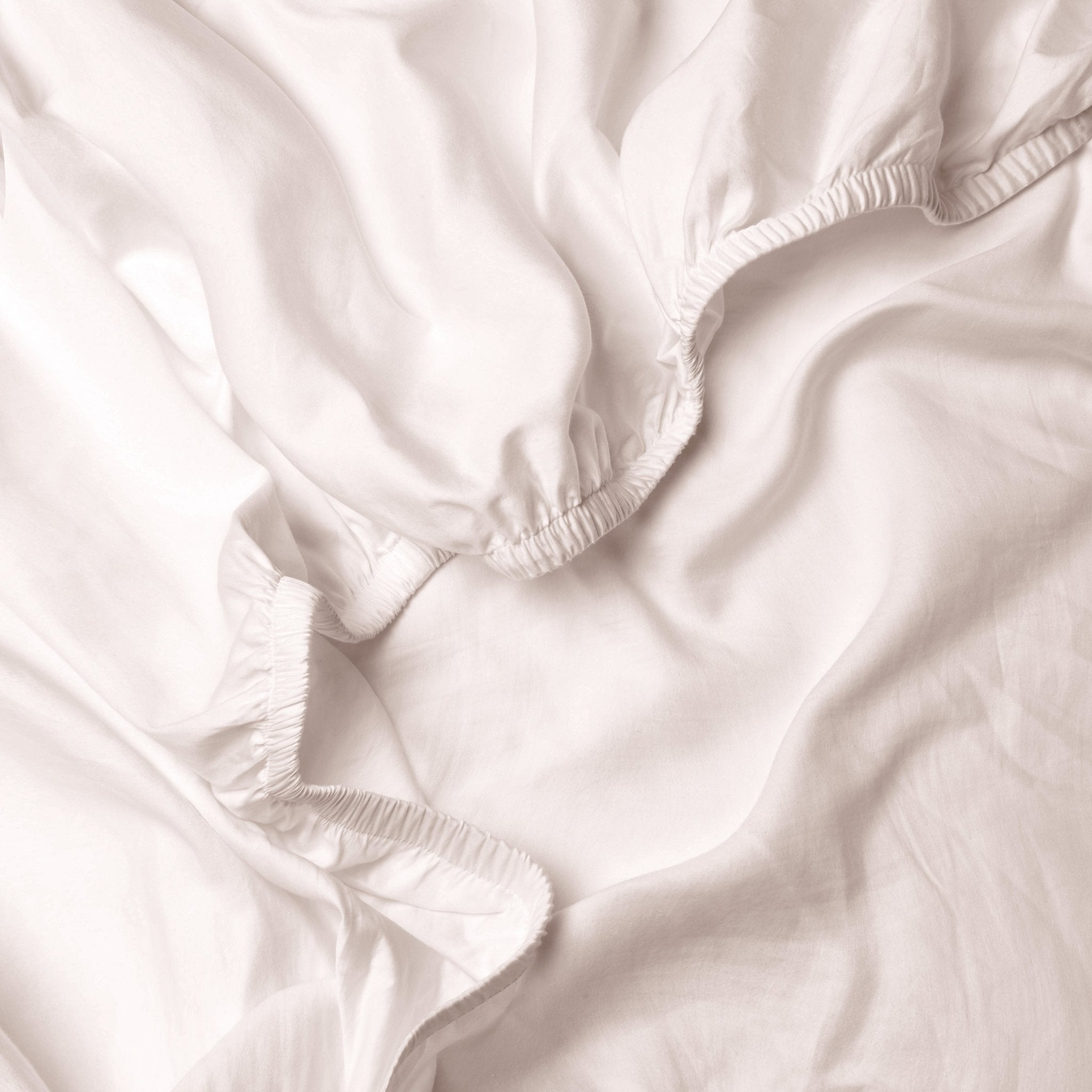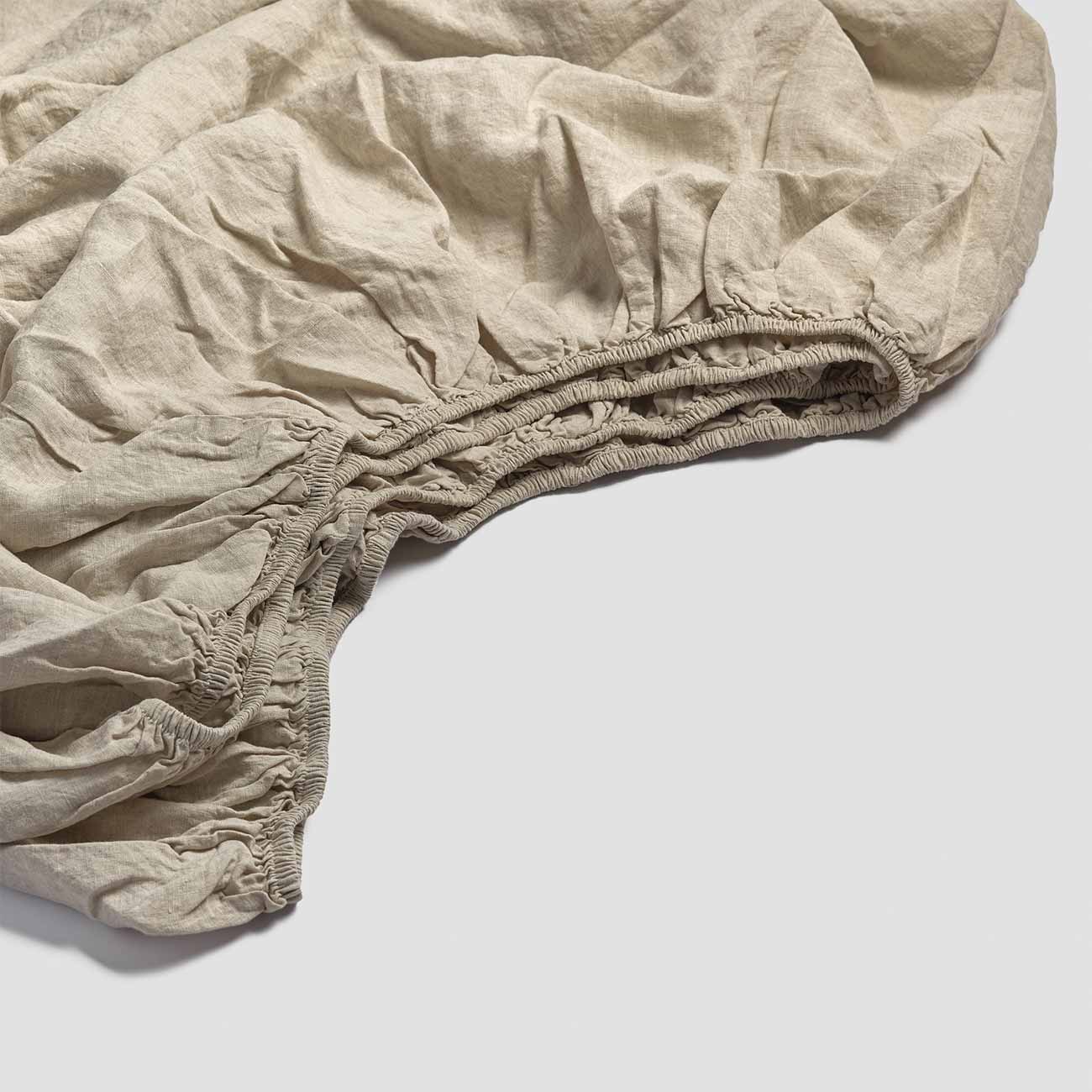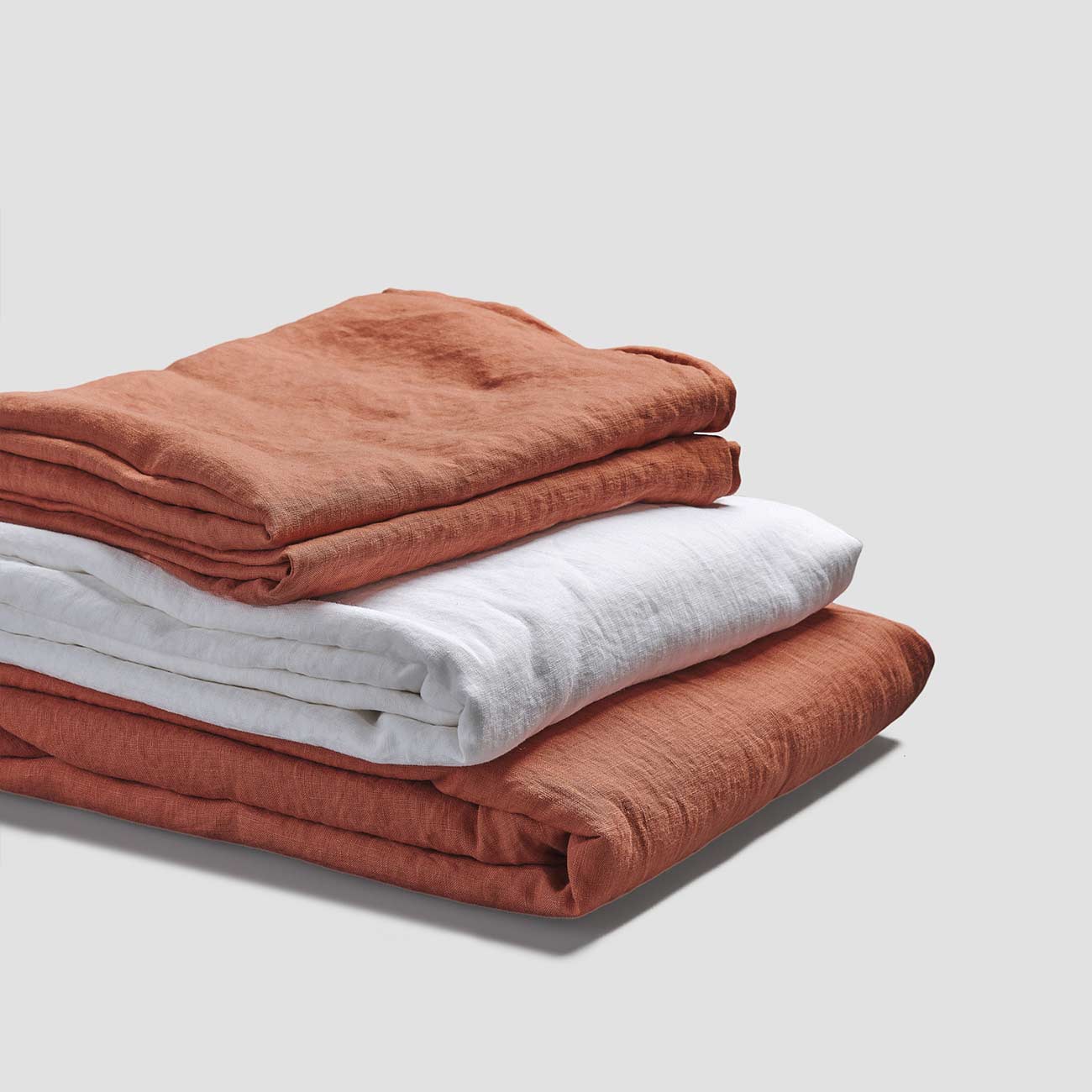Bed Linen
Long-lasting bed linen that feels good from the first night - and only gets better. This collection includes dependable cotton bedding, soft yet sturdy sheets and duvet covers made to hold up wash after wash. No frills, just well-made, breathable fabrics that help you sleep comfortably for years. Choose once, rest easy.
Show next 22 items
Bed Linen FAQs
How often should I change or wash my bed linen?
To stay fresh and fend off dust mites, wash your bed linen every one to two weeks. If you’ve got pets sharing your pillow or allergies in tow, once a week is a safer bet. Long-lasting bed linen made from sturdy natural fibres, like cotton or linen, won't mind the frequent wash. Just be gentle with your detergent and avoid boiling hot cycles.
What’s included in a typical bed linen set?
A typical bed linen set includes a duvet cover and one or two pillowcases. Some sets also throw in a fitted or flat sheet, but not always - so check before clicking ‘buy’. For proper longevity, go for natural fabrics with tidy, reinforced stitching. No one wants seams unravelling when guests come to stay.
What's the best way to care for bed linen to keep it looking new?
The best way to care for bed linen is a 40°C wash with mild detergent, followed by line drying whenever possible. Avoid cramming the machine like it’s a suitcase before holiday - give your sheets room to move. Iron slightly damp for a crease-free finish, and stash neatly in a dry cupboard. Natural fibres like cotton and linen actually improve with age.
Which bed linen materials are truly buy-it-for-life?
The most durable bed linen materials with true buy-it-for-life promise are linen and high-quality organic cotton. Linen is especially lauded for outliving trends and household mishaps - it can last for decades with proper care. Choose tight weaves and, if available, brands with warranties or repair services. Johnstons, for example, offers free re-darning for life.
How can I keep white bed linen looking bright and fresh?
To keep white bed linen bright, wash it regularly at 40–60°C using a gentle, bleach-free detergent. A scoop of oxygen-based bleach now and then gives it an extra boost. Line-dry in sunlight if you can - it naturally freshens and lightens fabric (British weather permitting). Skip harsh whiteners, which can break down fibres over time.
Where can I donate or recycle old bed linen responsibly?
If your bed linen still has life in it, donate it to a local charity, animal shelter, or textile donation point. For worn-out sets, check with textile banks or your council for recycling schemes - they’re often repurposed into things like industrial cloths or insulation. It’s a tidy way to give tired sheets a second job.
What temperature should I use when washing bed linen?
For most bed linen, 40°C is spot on - hot enough to clean properly but gentle on fibres. White sheets or heavier stains? 60°C is fine for cotton and linen, but always check the care label first. Lower temperatures save energy and help your bed linen stay in one piece for the long haul.
Looking to upgrade your bedding to something timeless and durable?
Explore our high-quality bed linens for natural, breathable sets built to last. These are the kind of sheets that feel better with every wash - and won’t need replacing every season.








